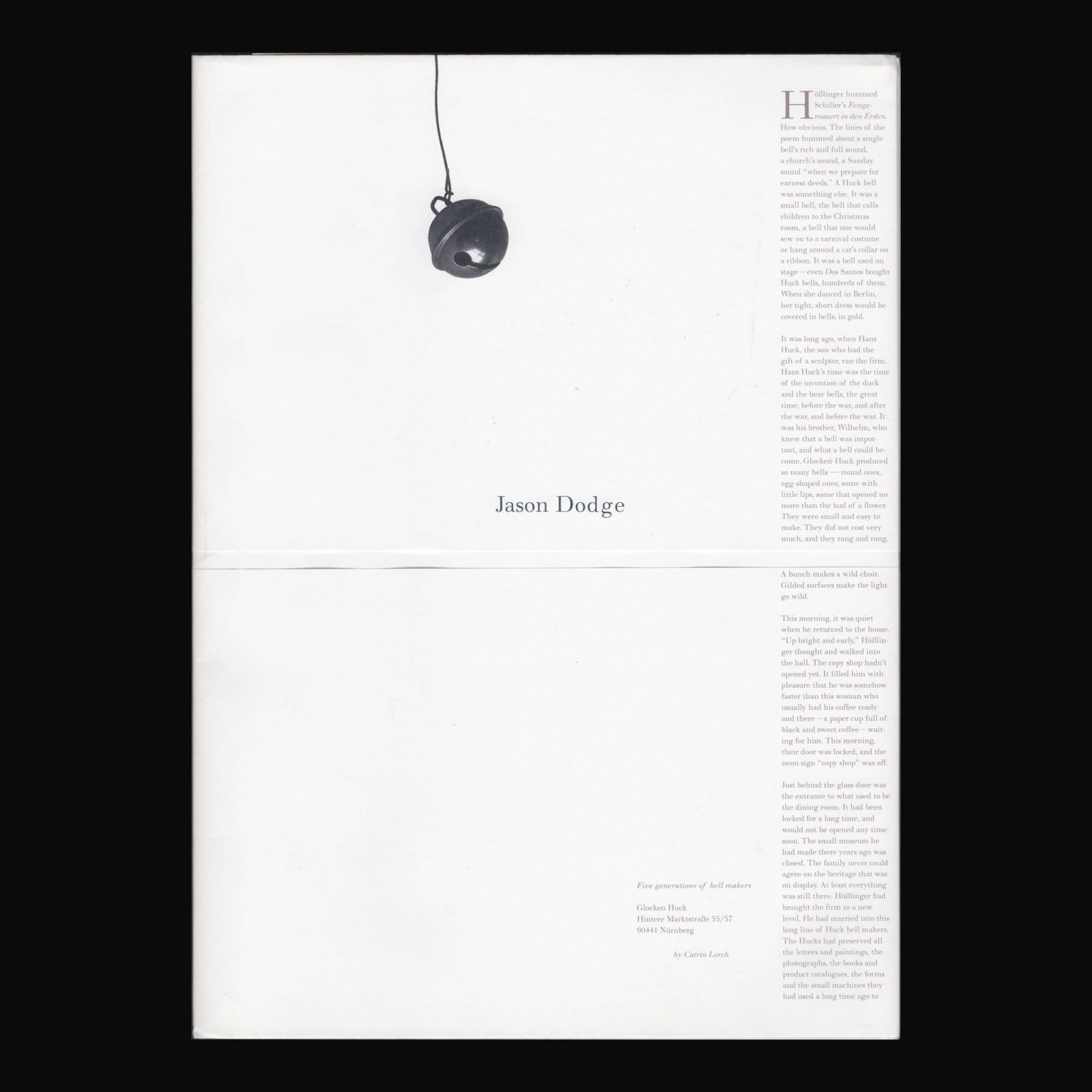
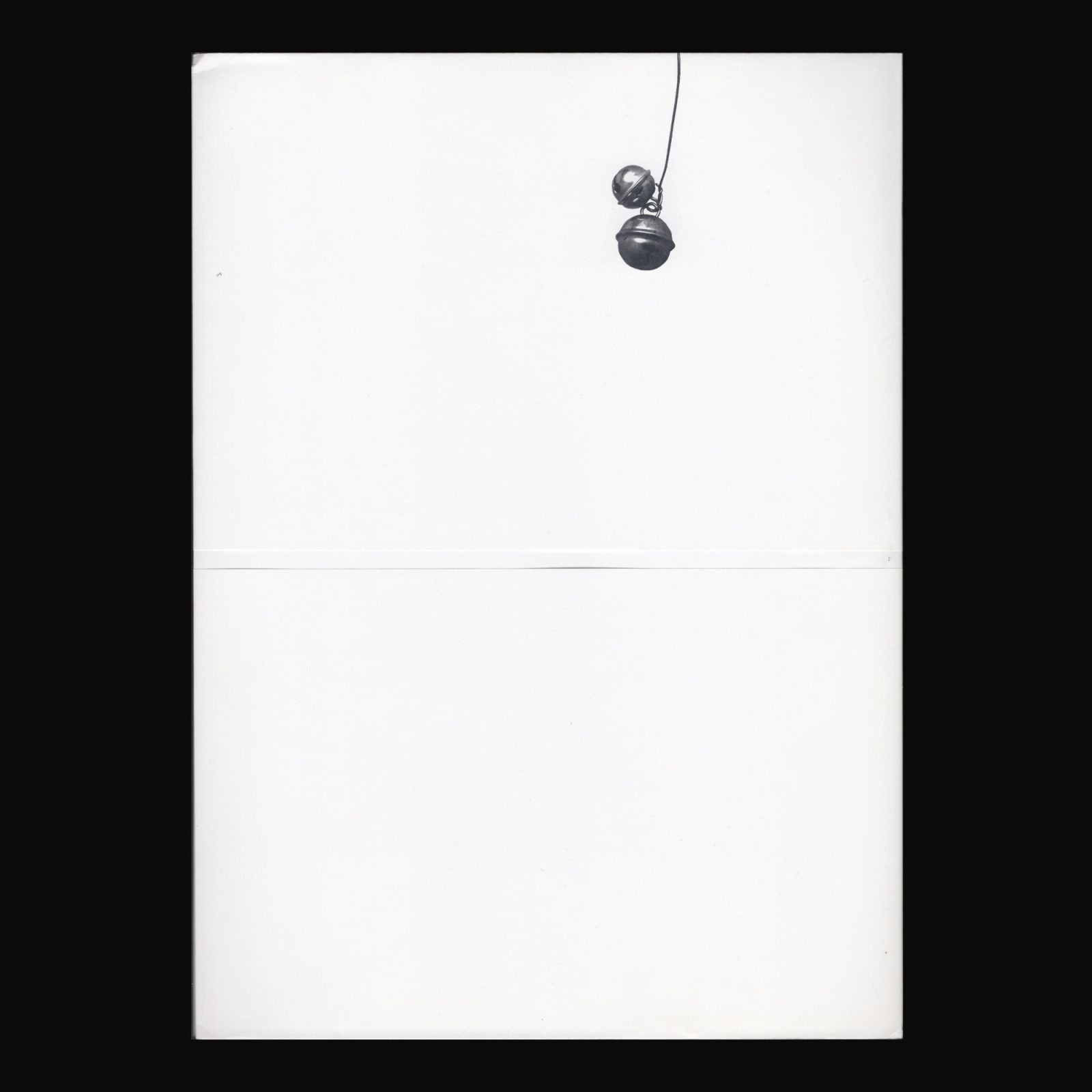
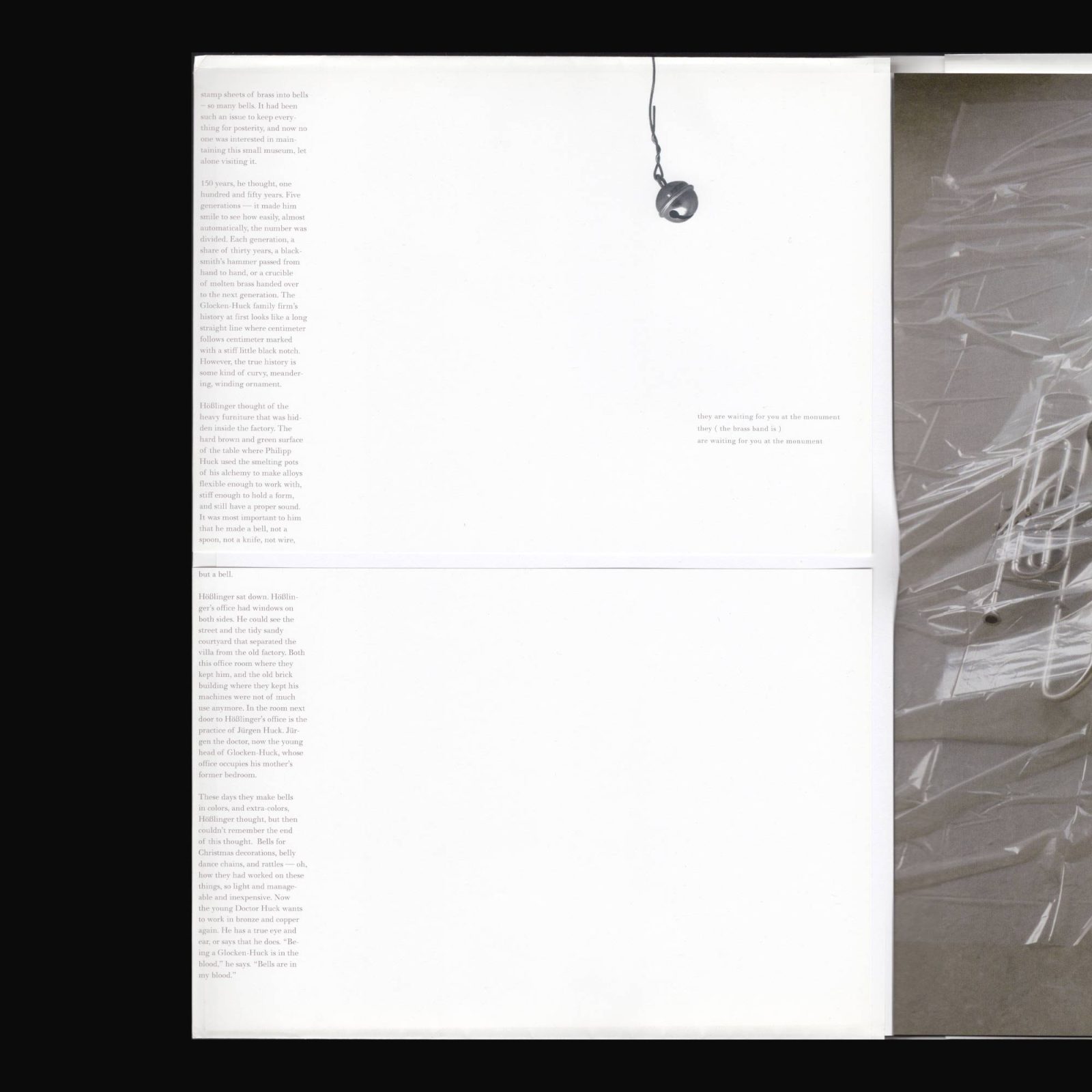
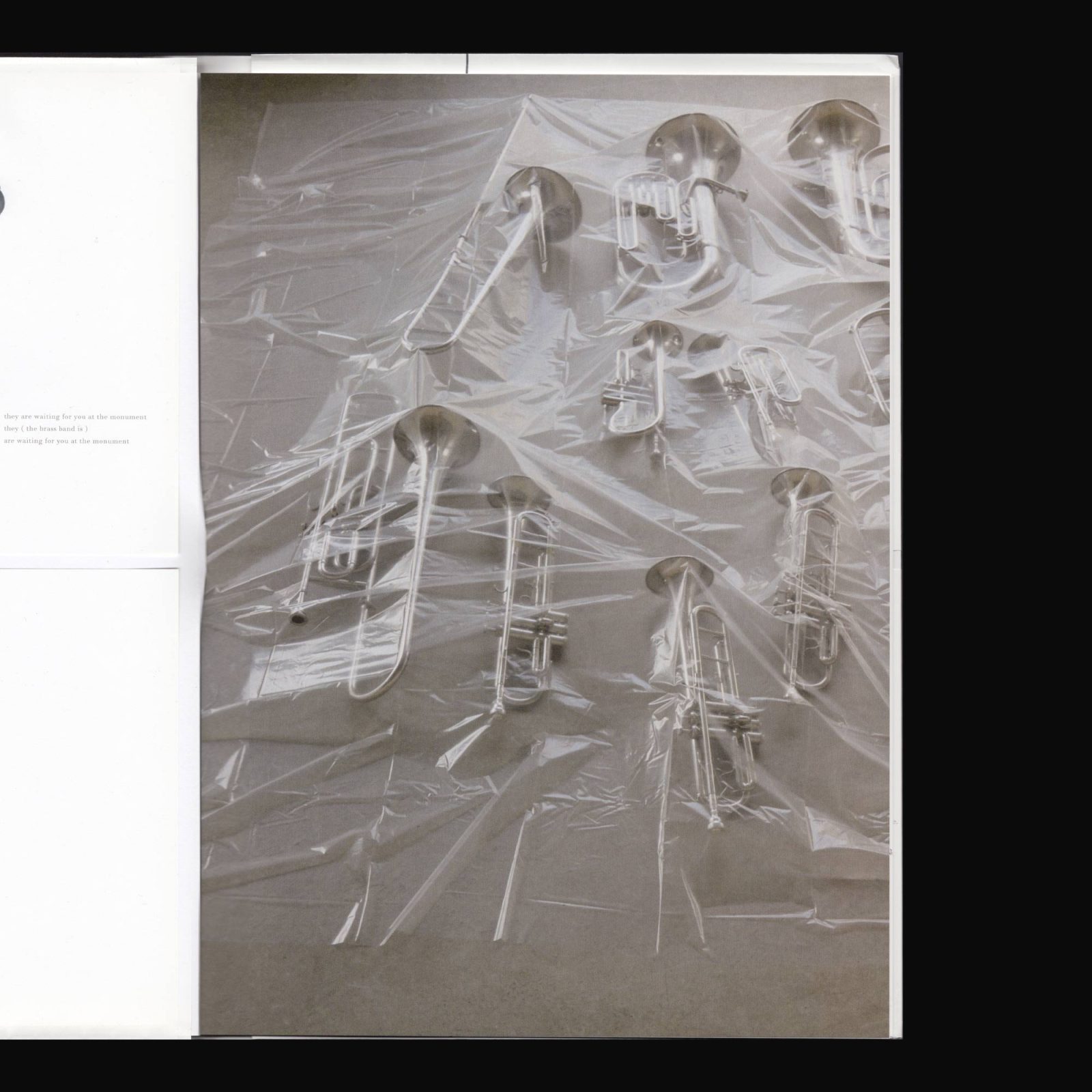
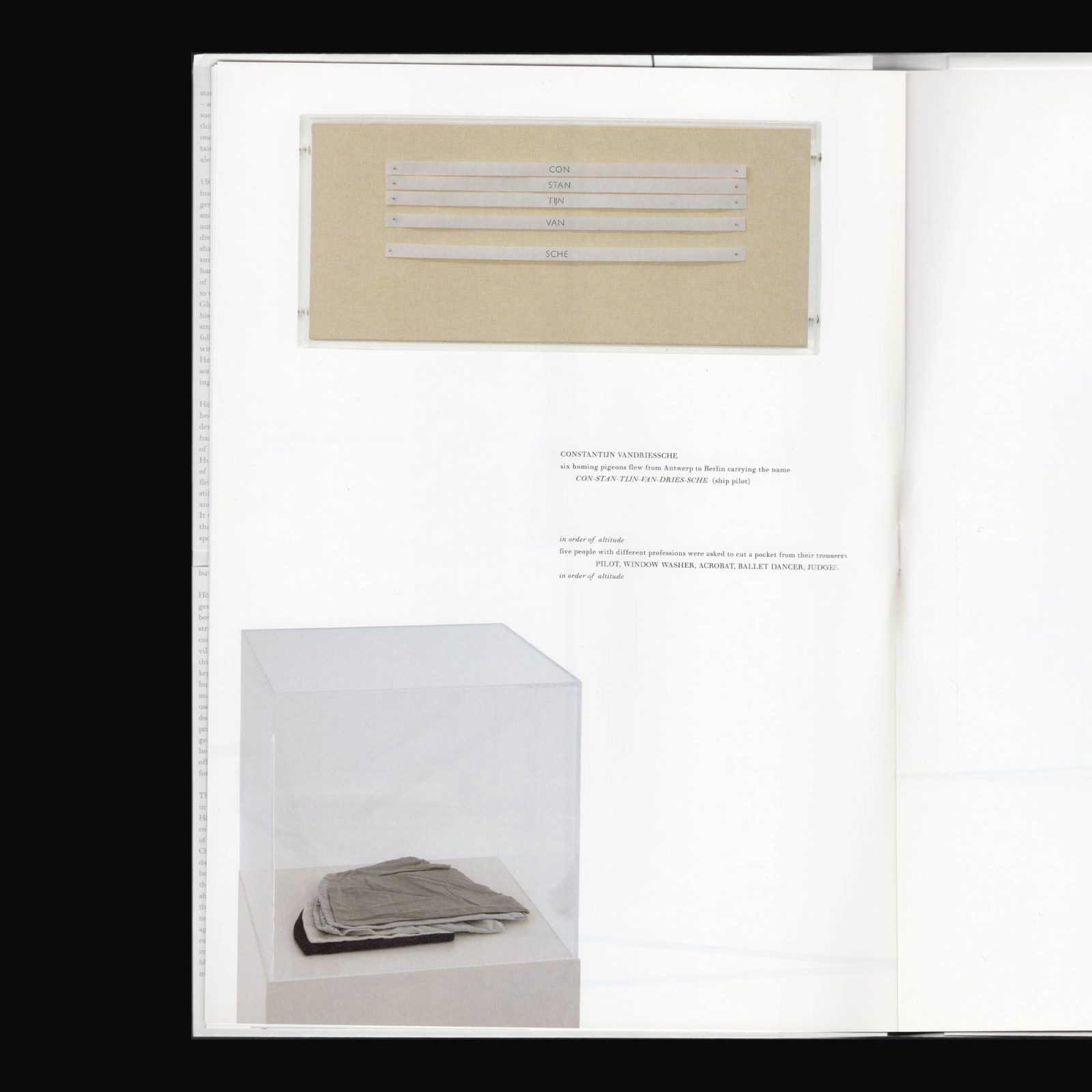
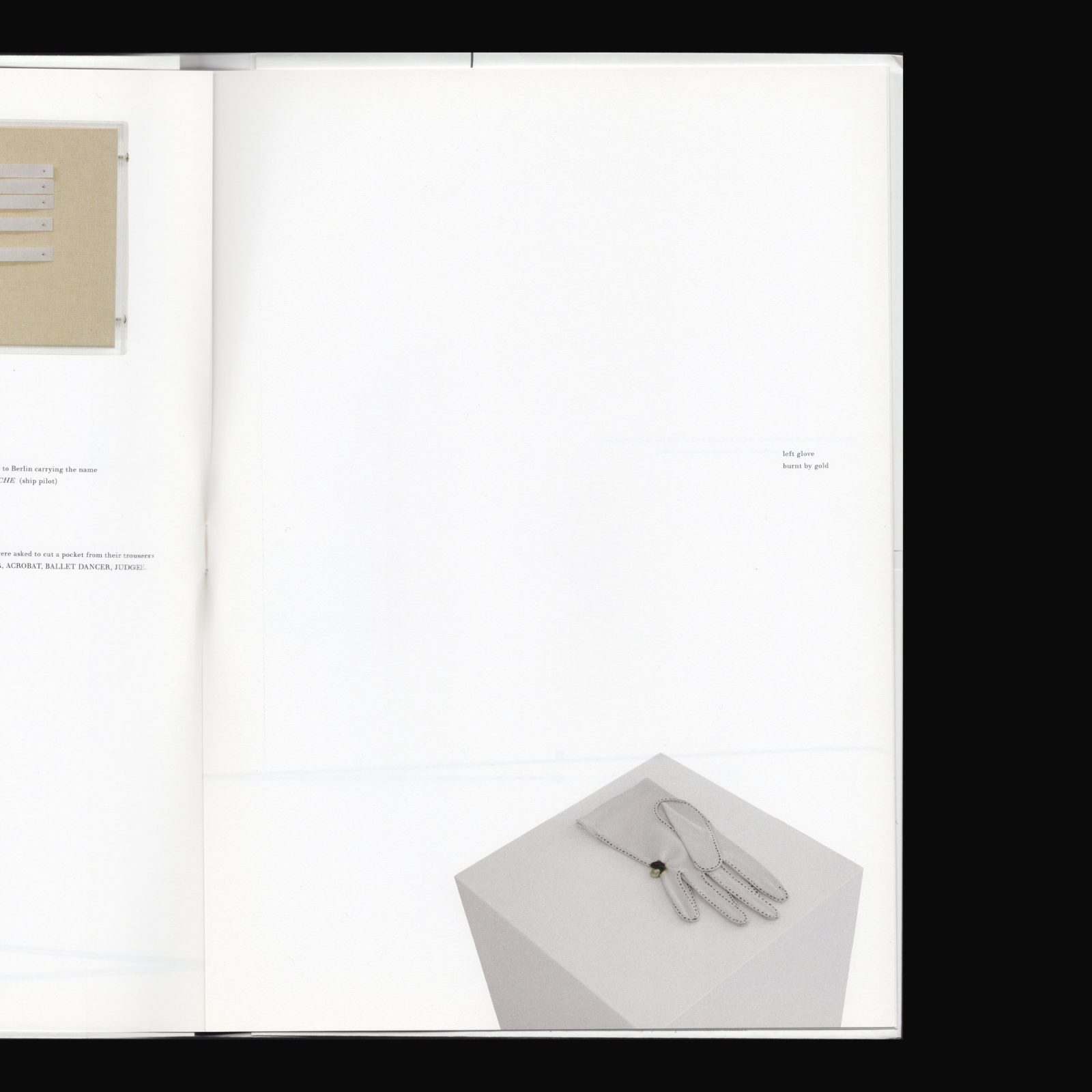
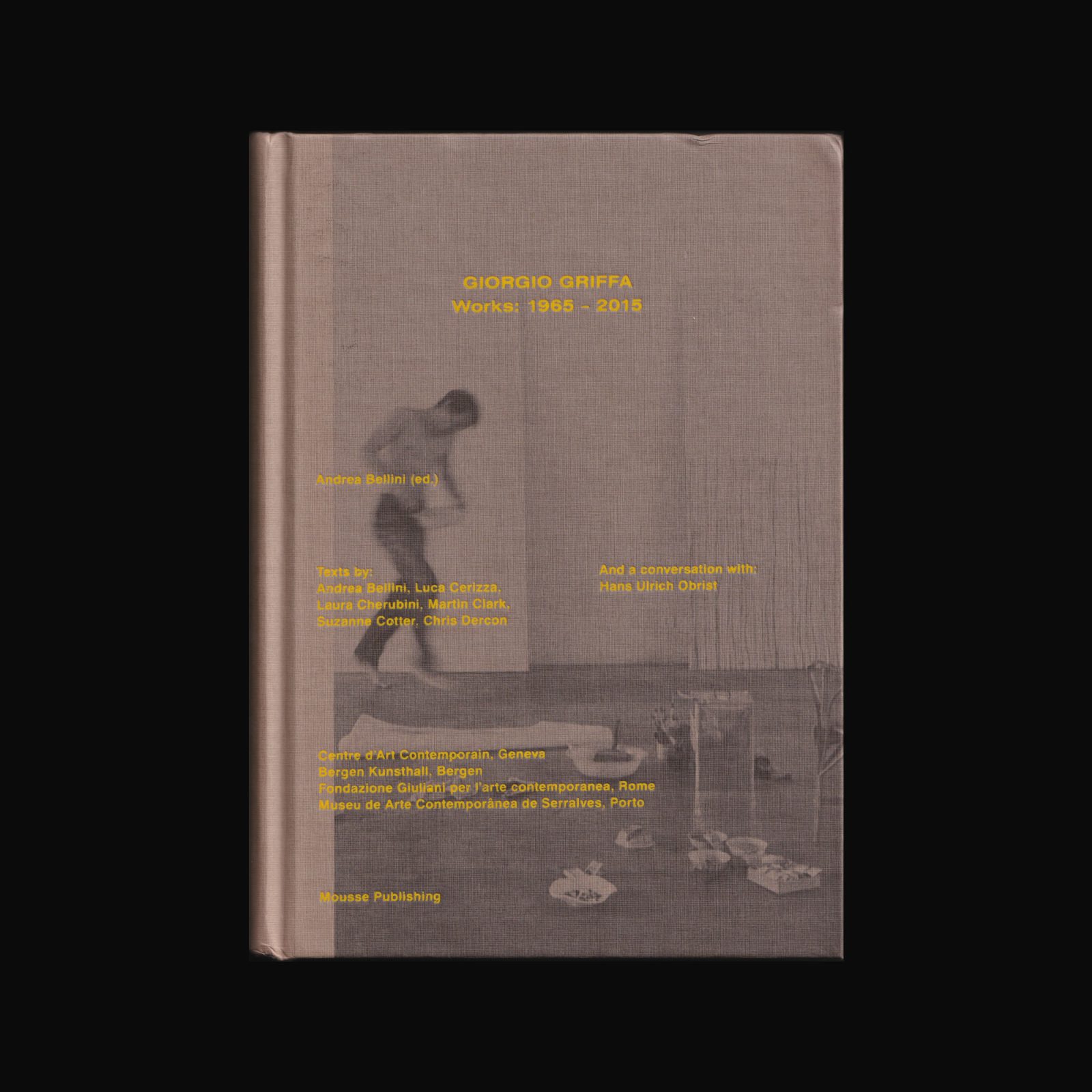
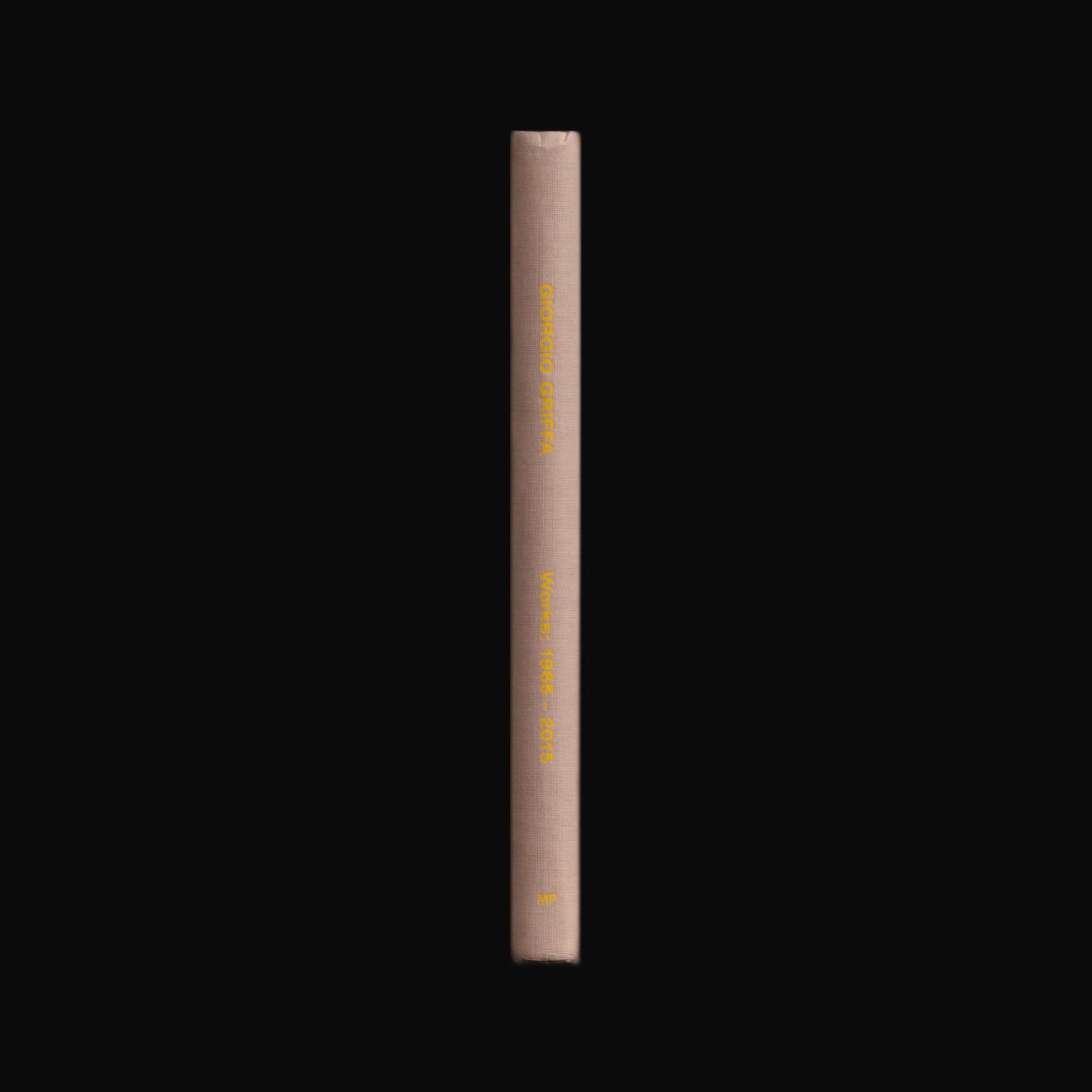
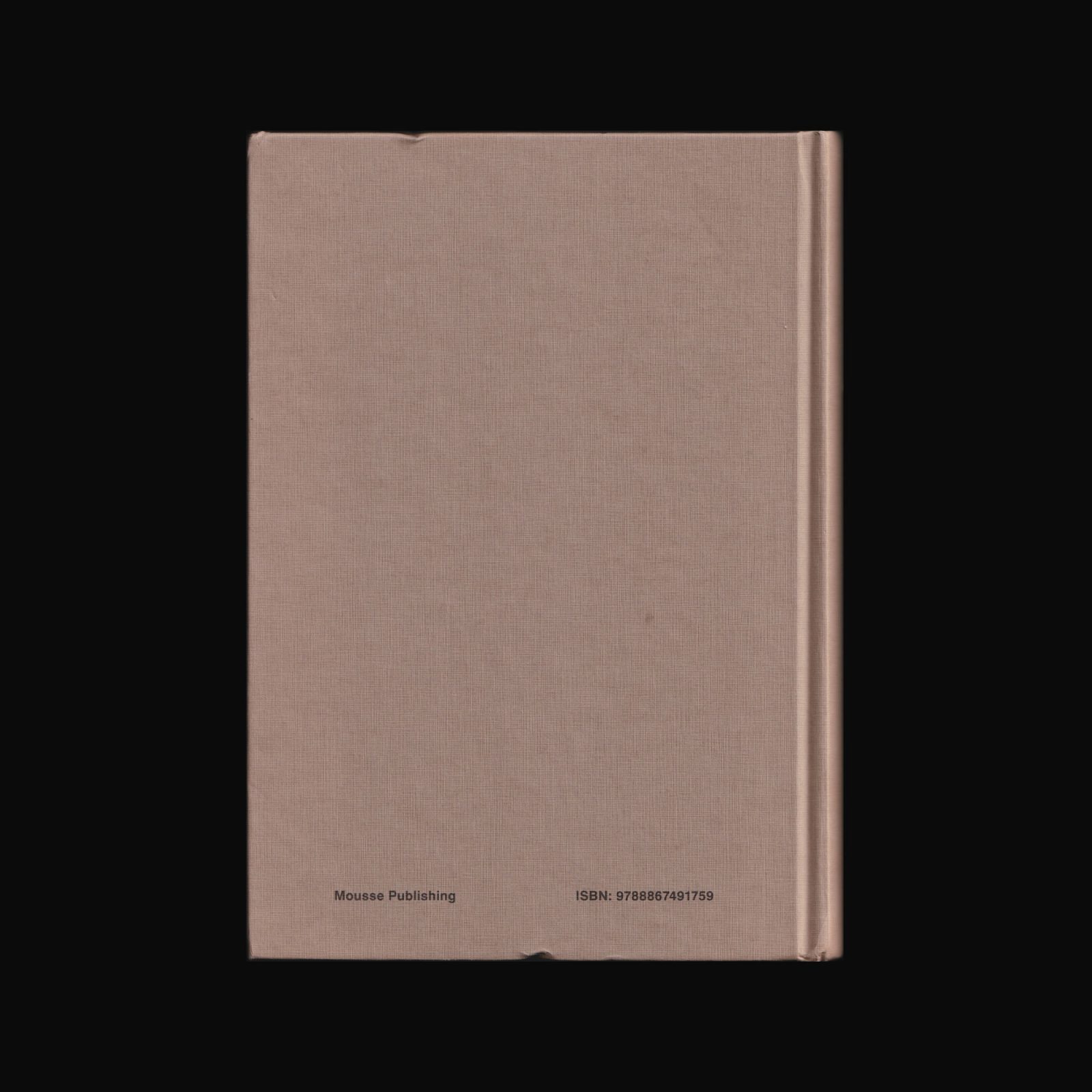
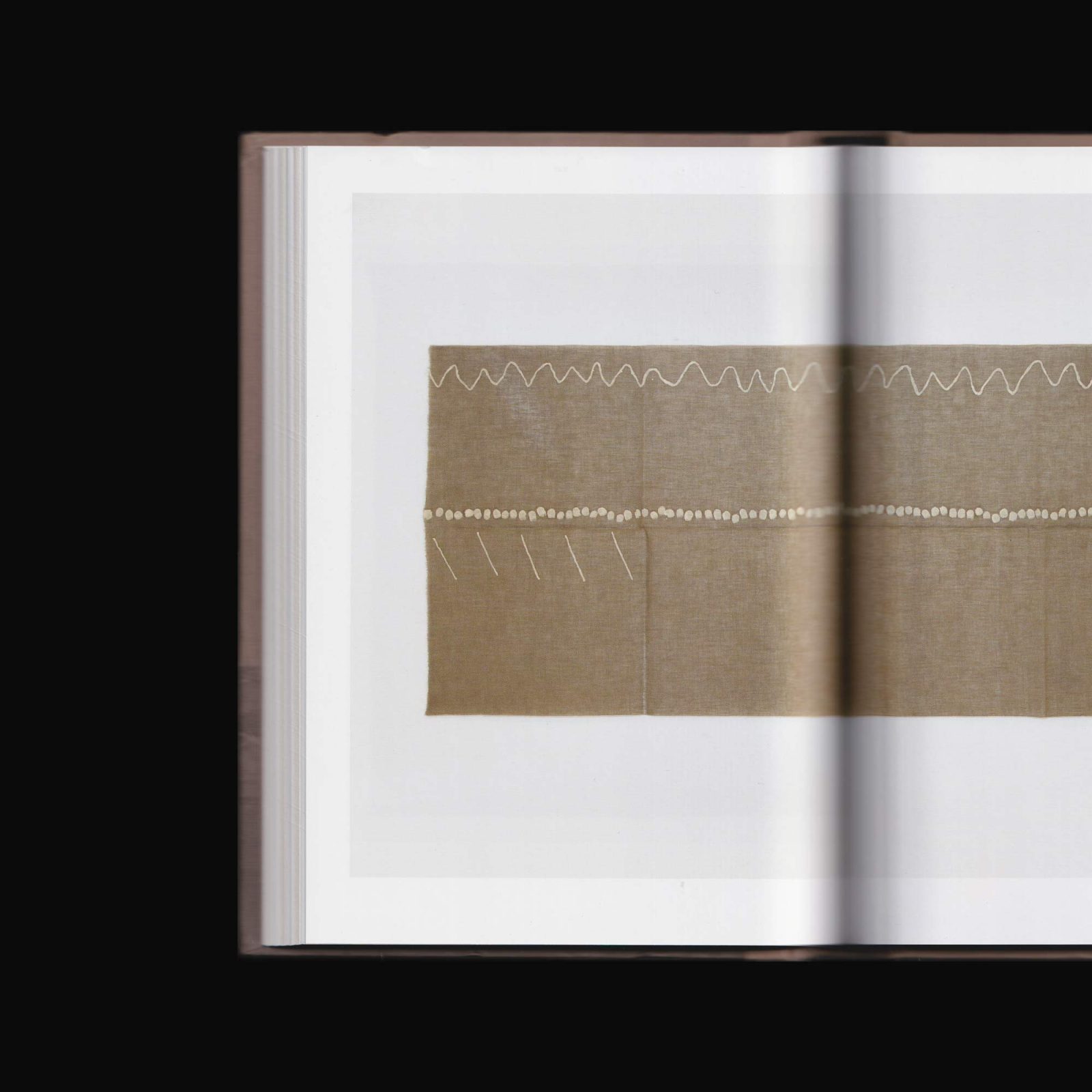
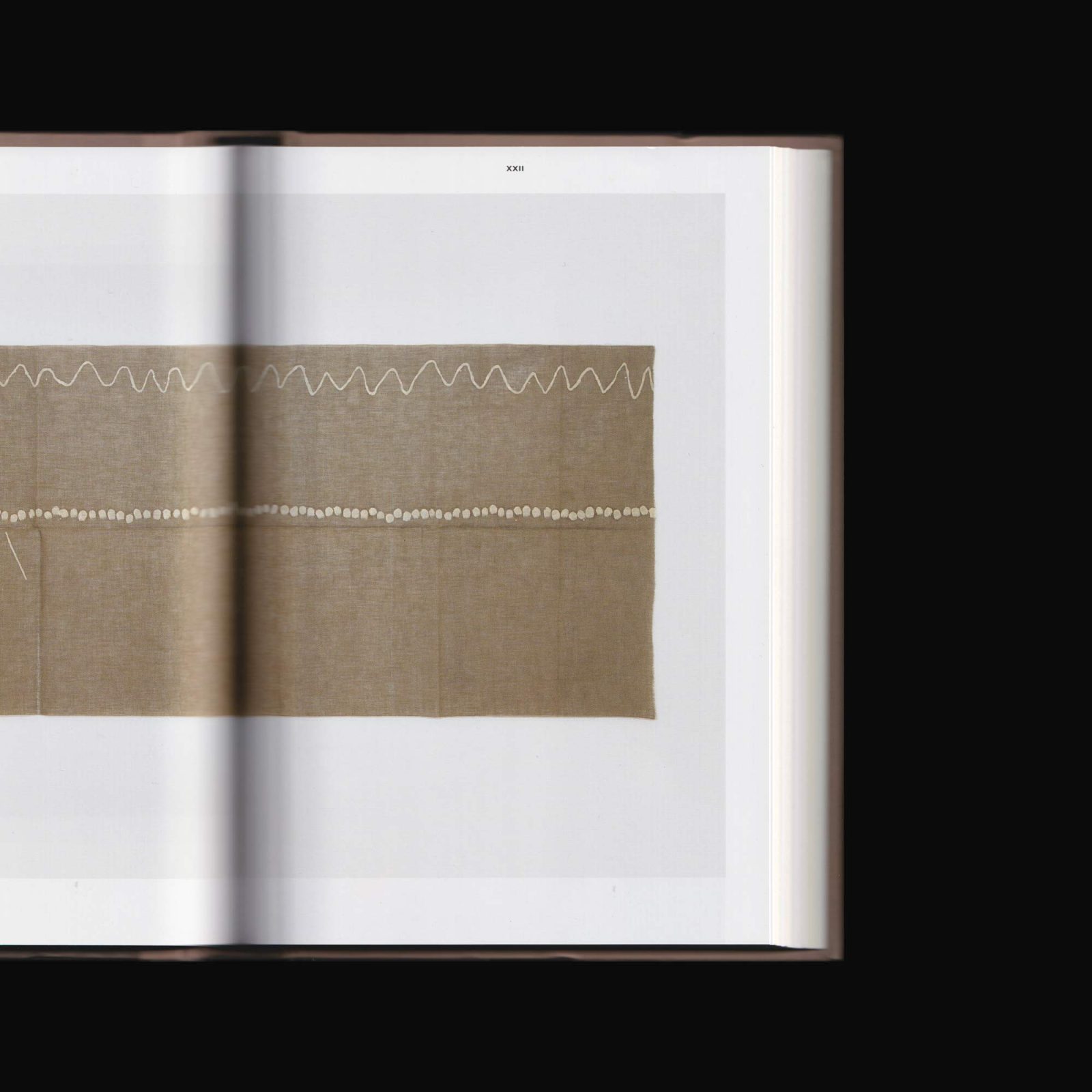
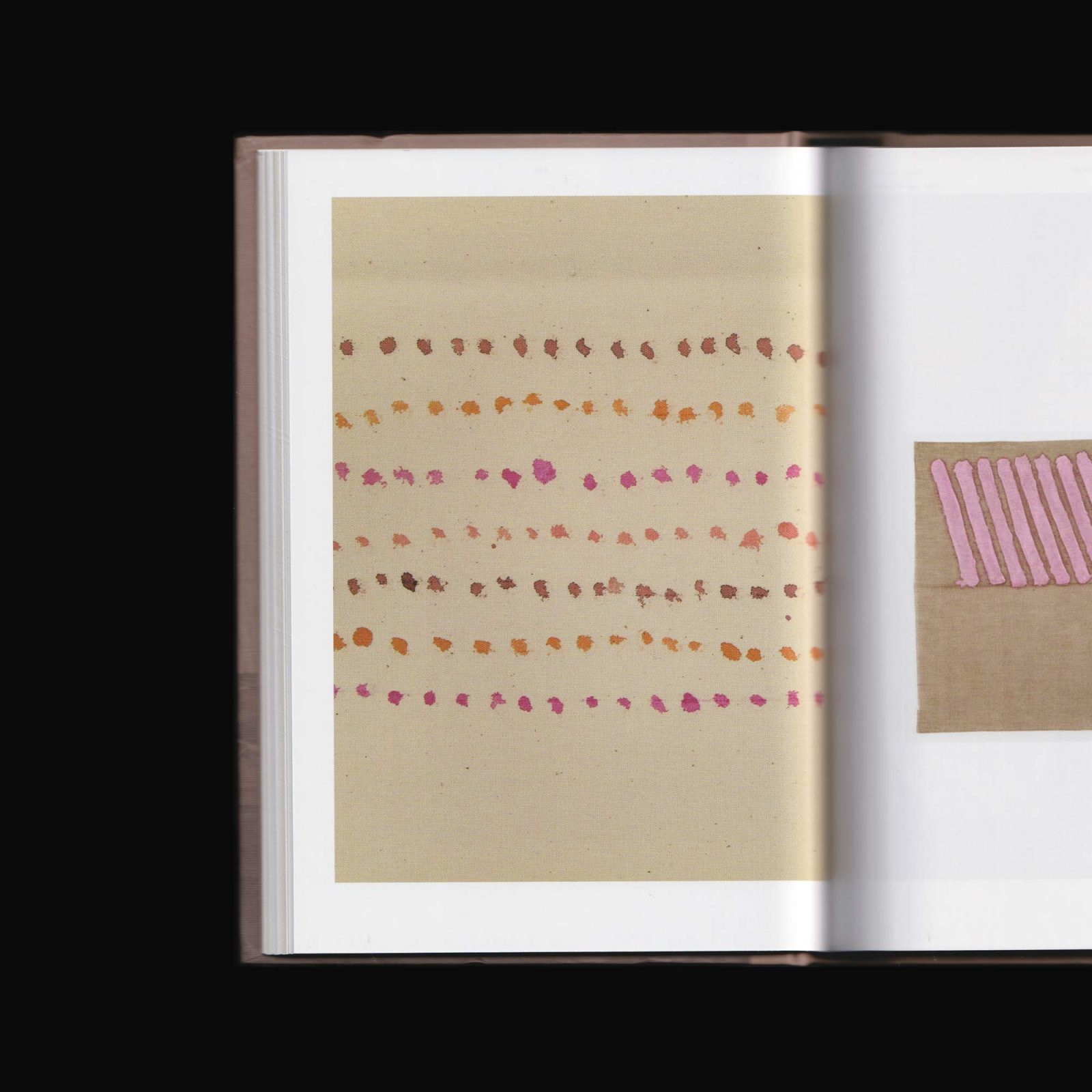
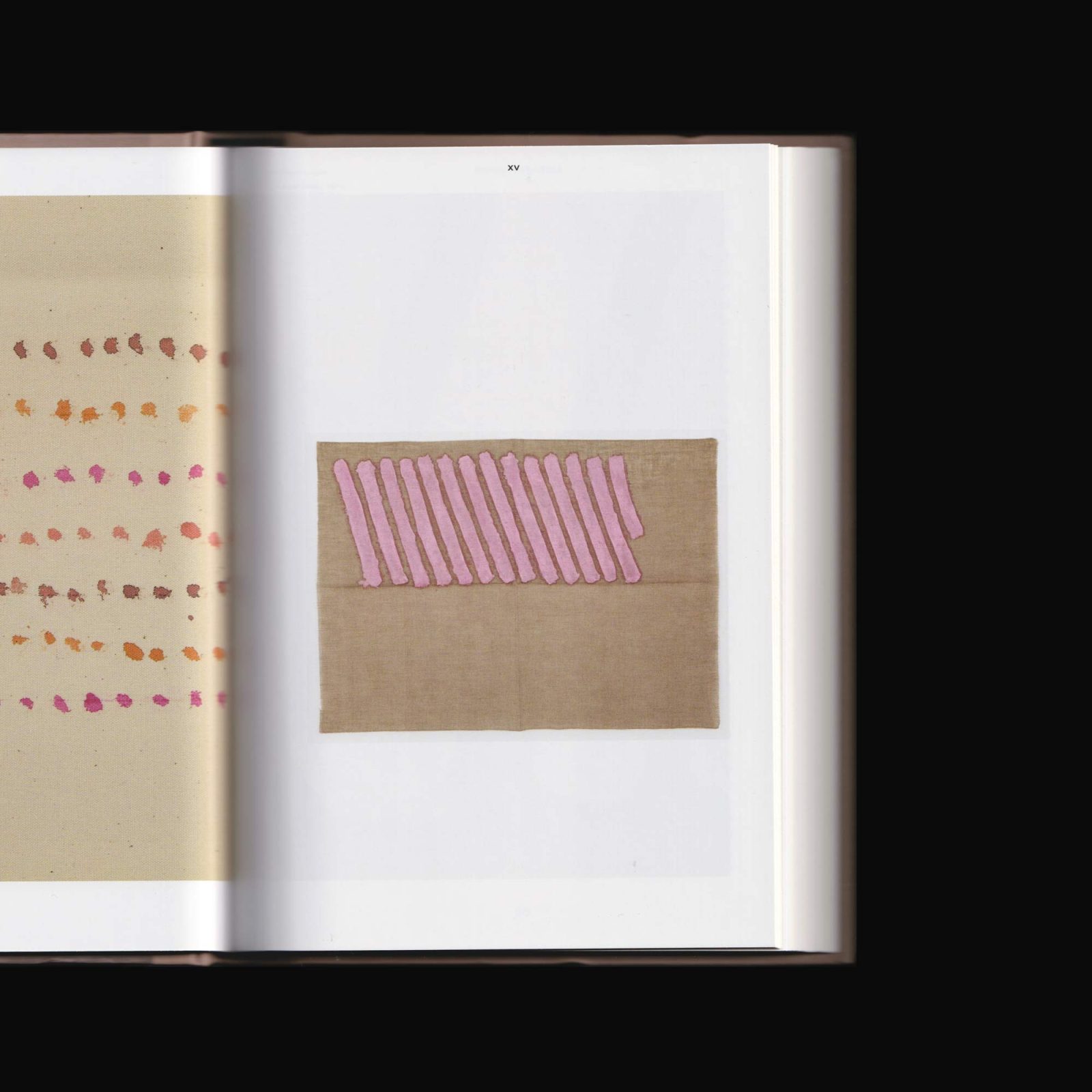
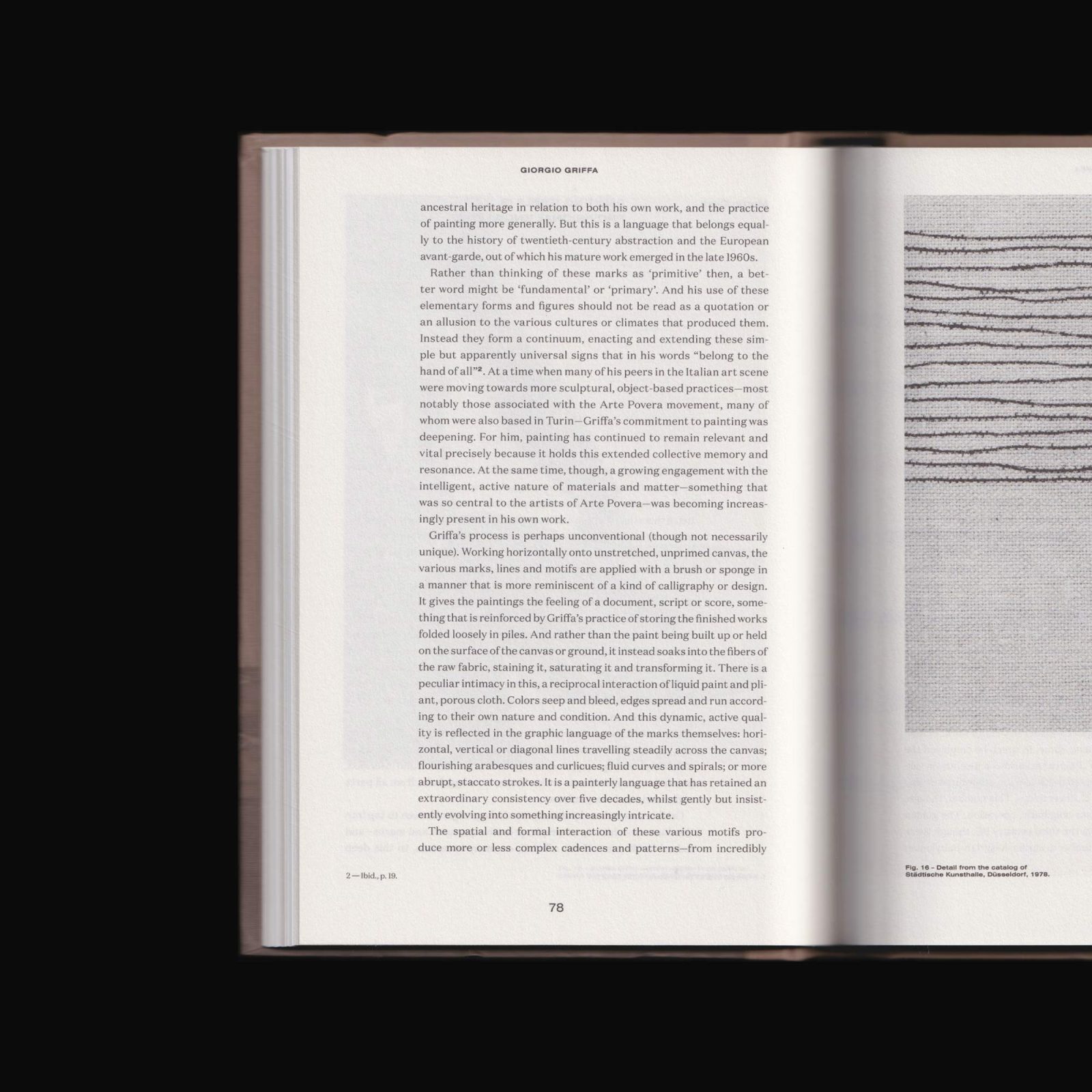
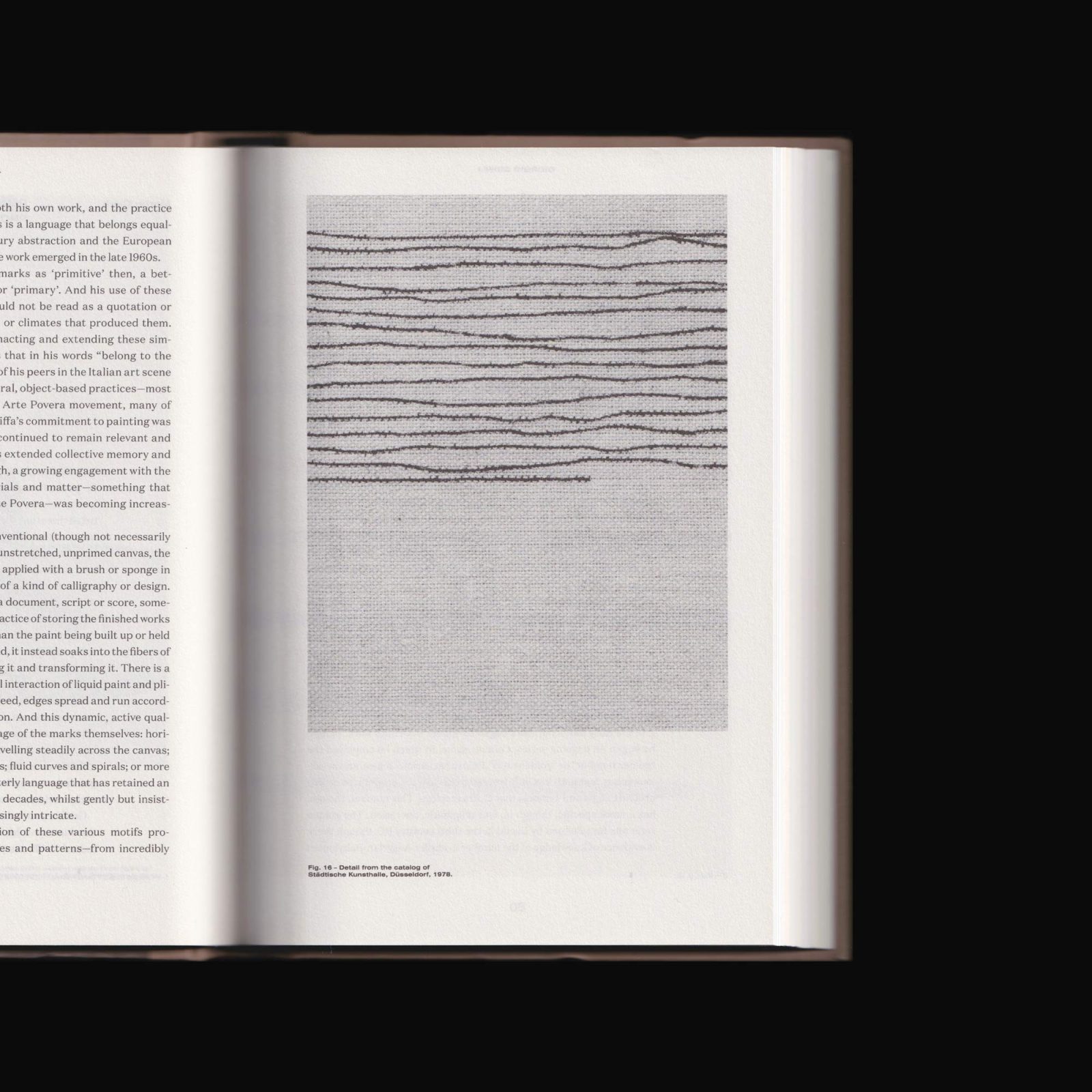
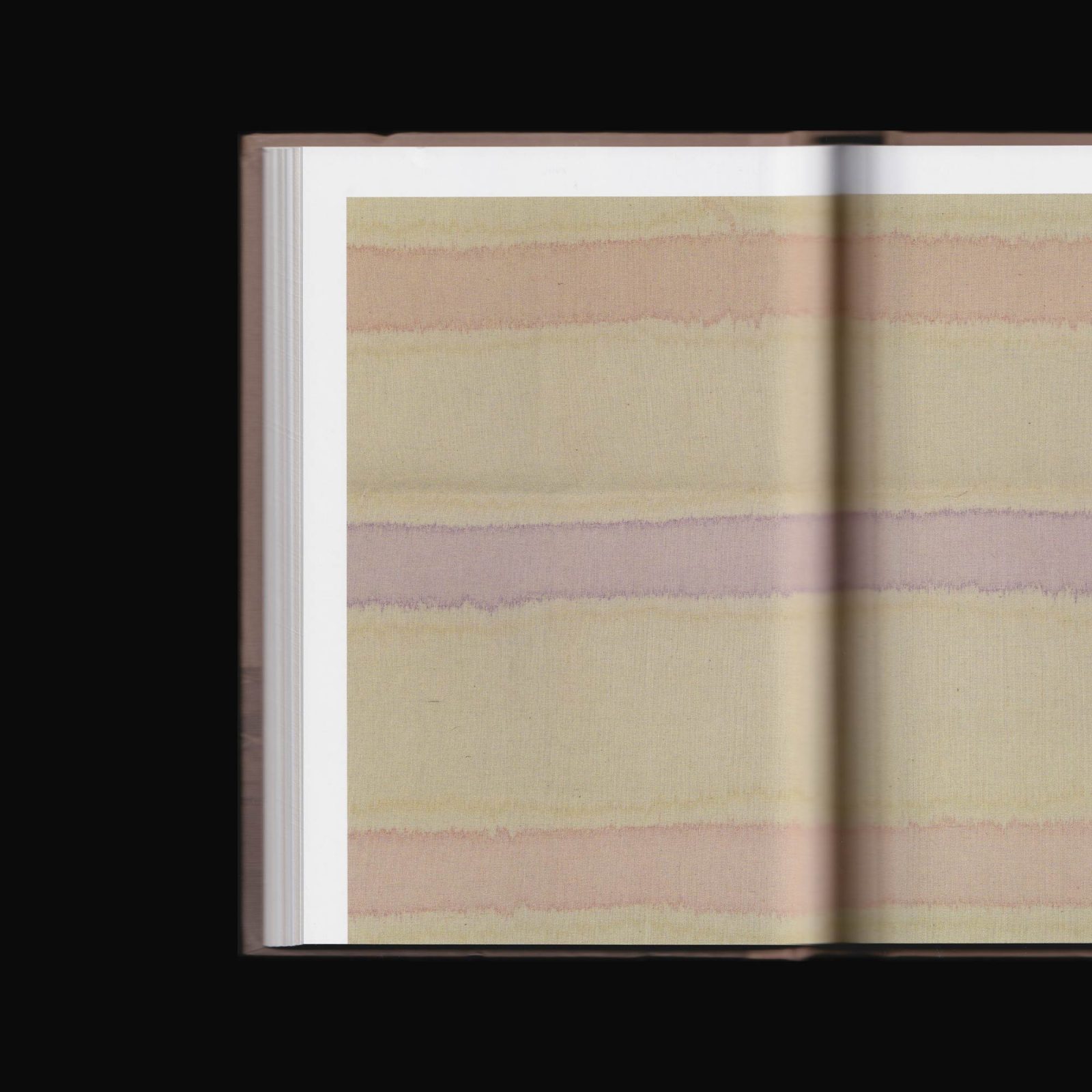
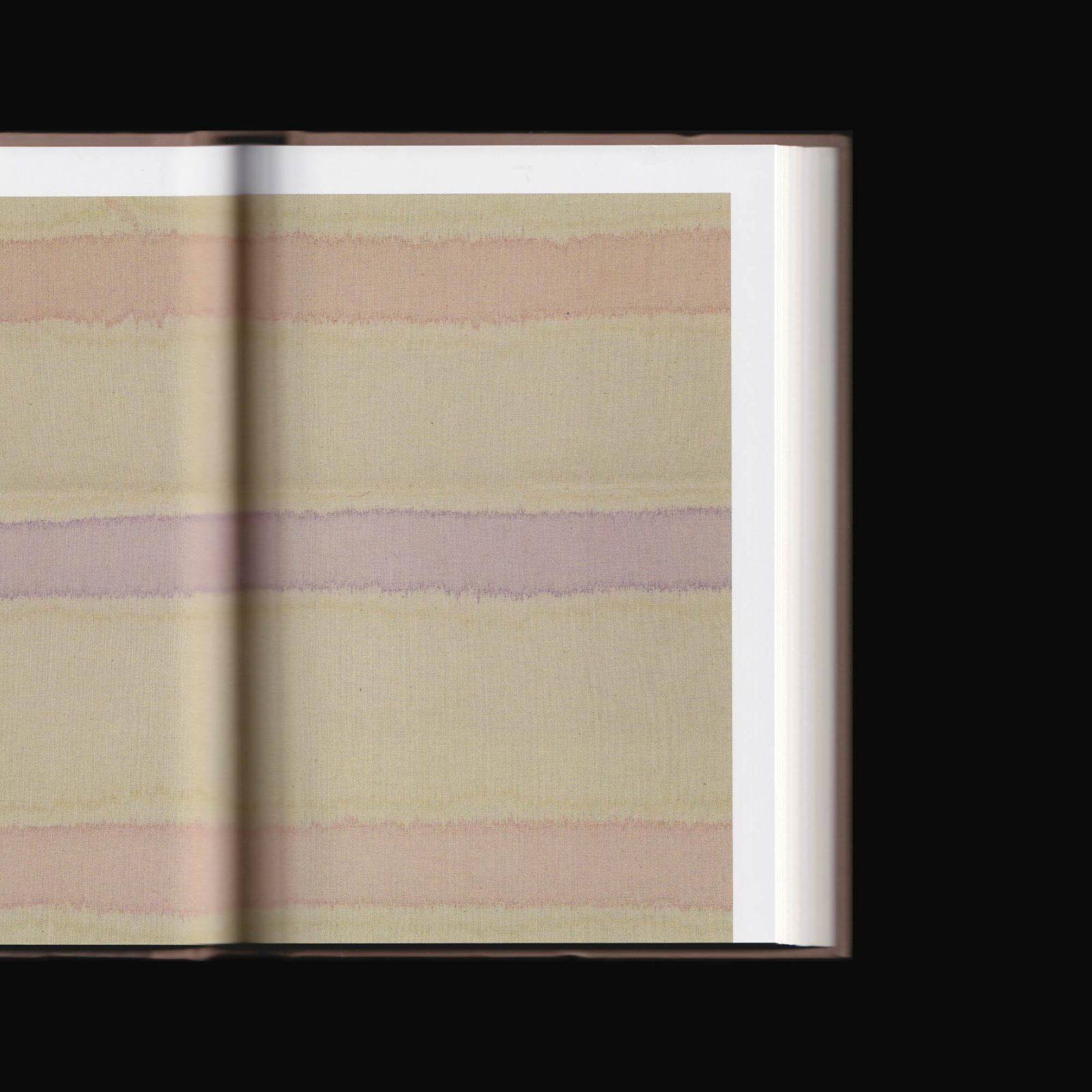
Produced on the occasion of the cycle of exhibitions dedicated to the work of Giorgio Griffa at Centre d’Art Contemporain, Geneva; Museu de Arte Contemporanea de Serralves, Porto; Bergen Kunsthall; and Fondazione Giuliani, Rome in 2015 and 2016.
In 1968, Giorgio Griffa abandoned figurative painting in favour of a format of abstract painting that still characterises his work to this day. Painting with acrylic on raw un-stretched canvas, burlap and linen, Griffa’s works are nailed directly to the wall along their top edge. When not exhibited, the works are folded and stacked, resulting creases that create an underlying grid for his compositions. In keeping with his idea that painting is “constant and never finished”, many of his works display a deliberate end-point that has been described as “stopping a thought mid-sentence.”
*Please note this publication is secondhand and has some traces of previous ownership.
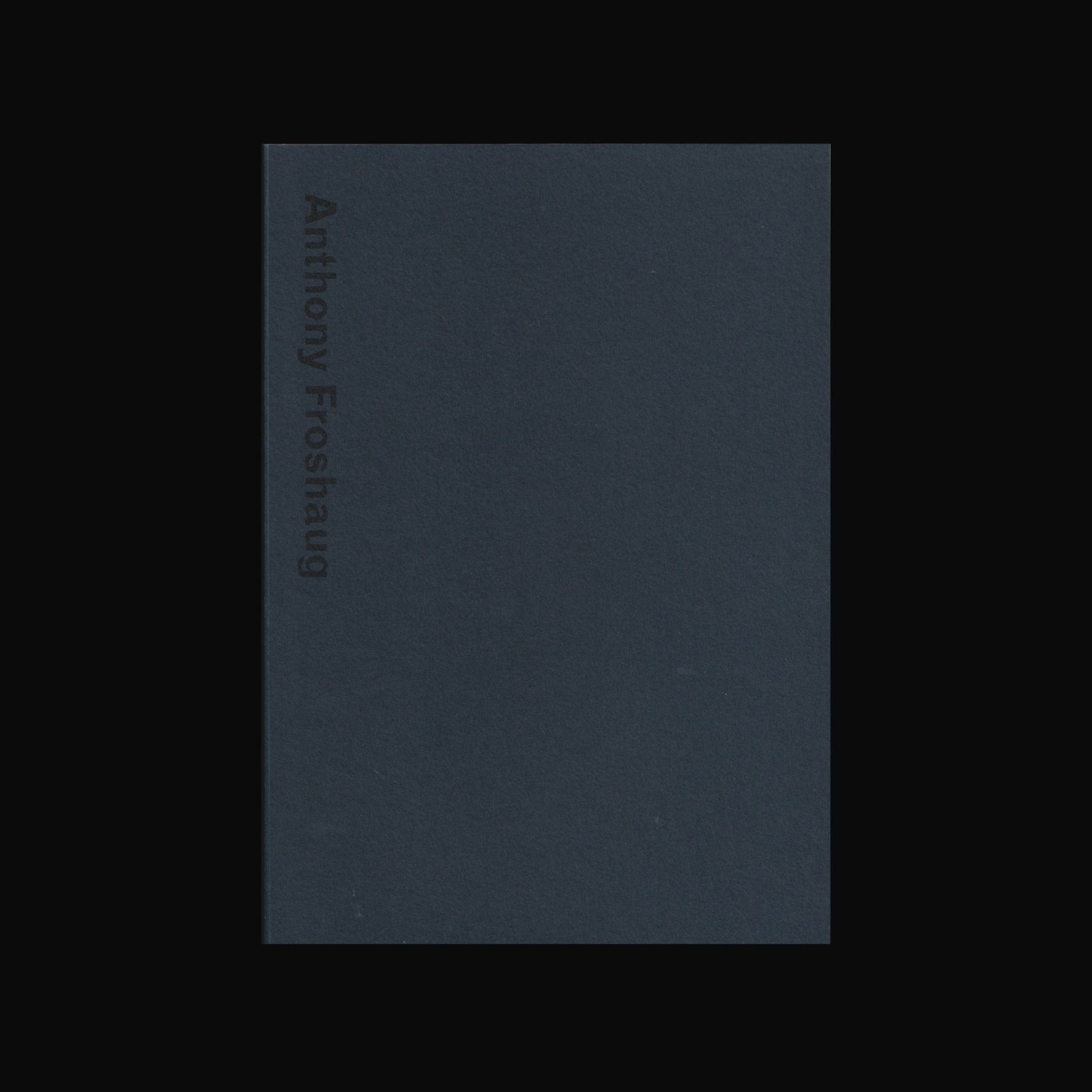

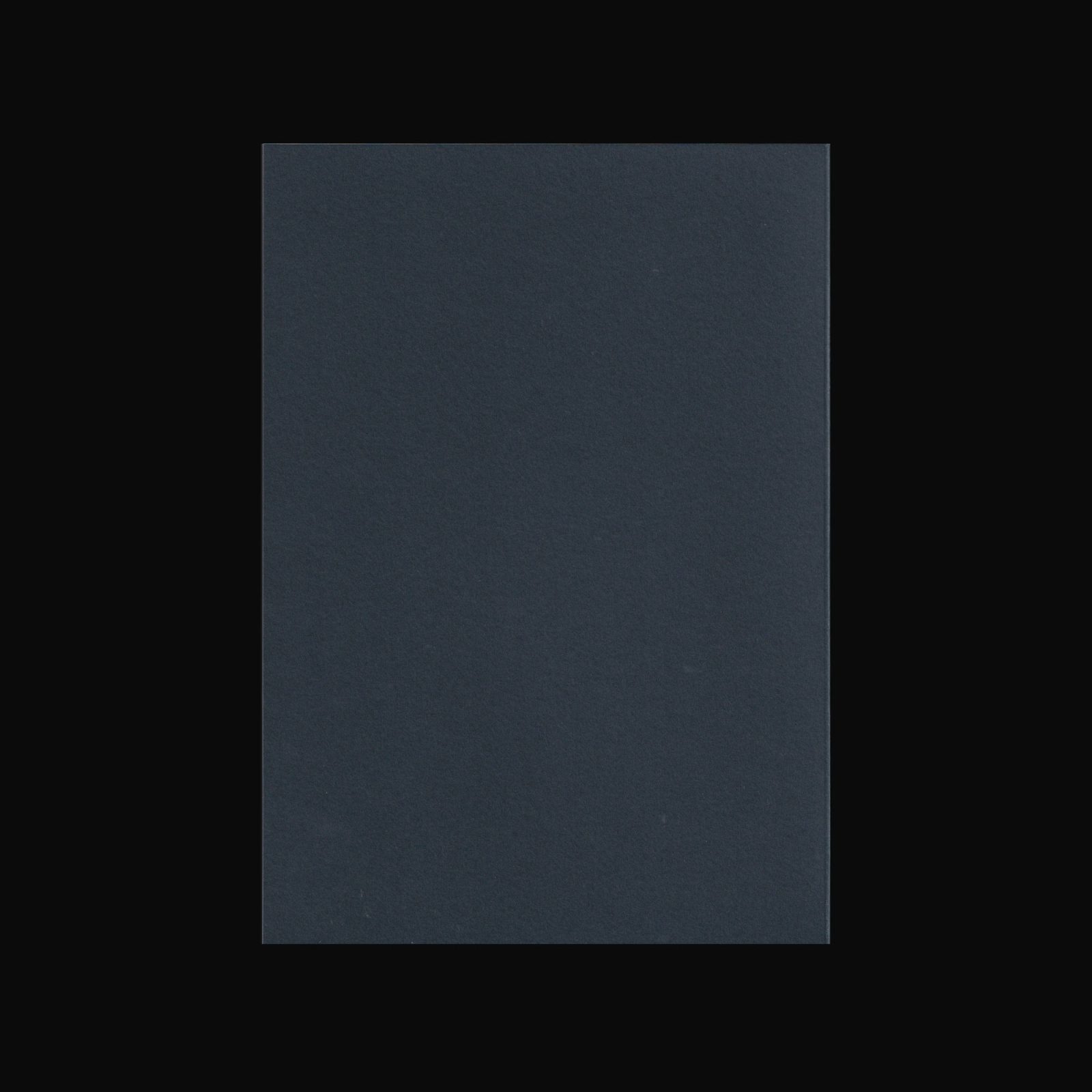
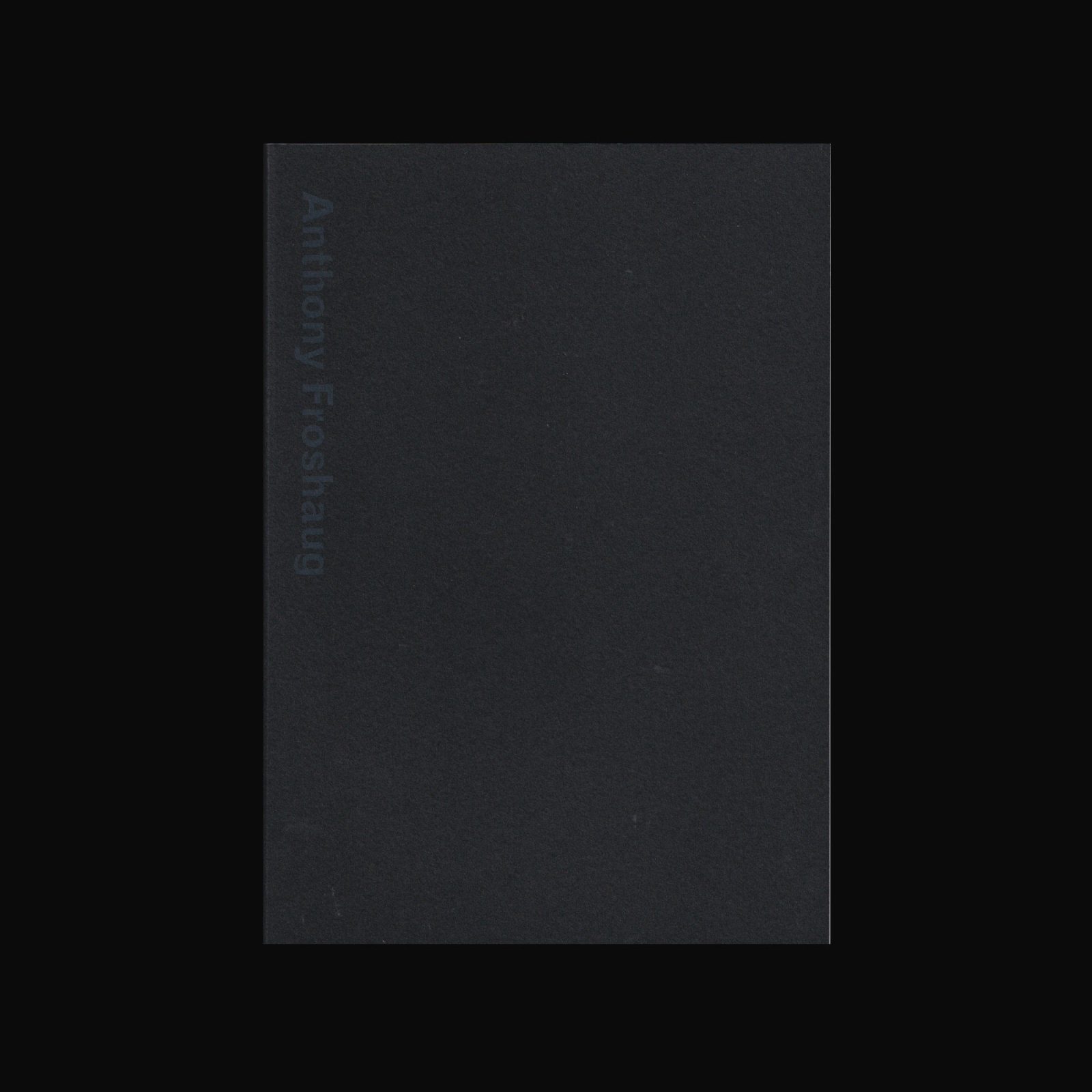
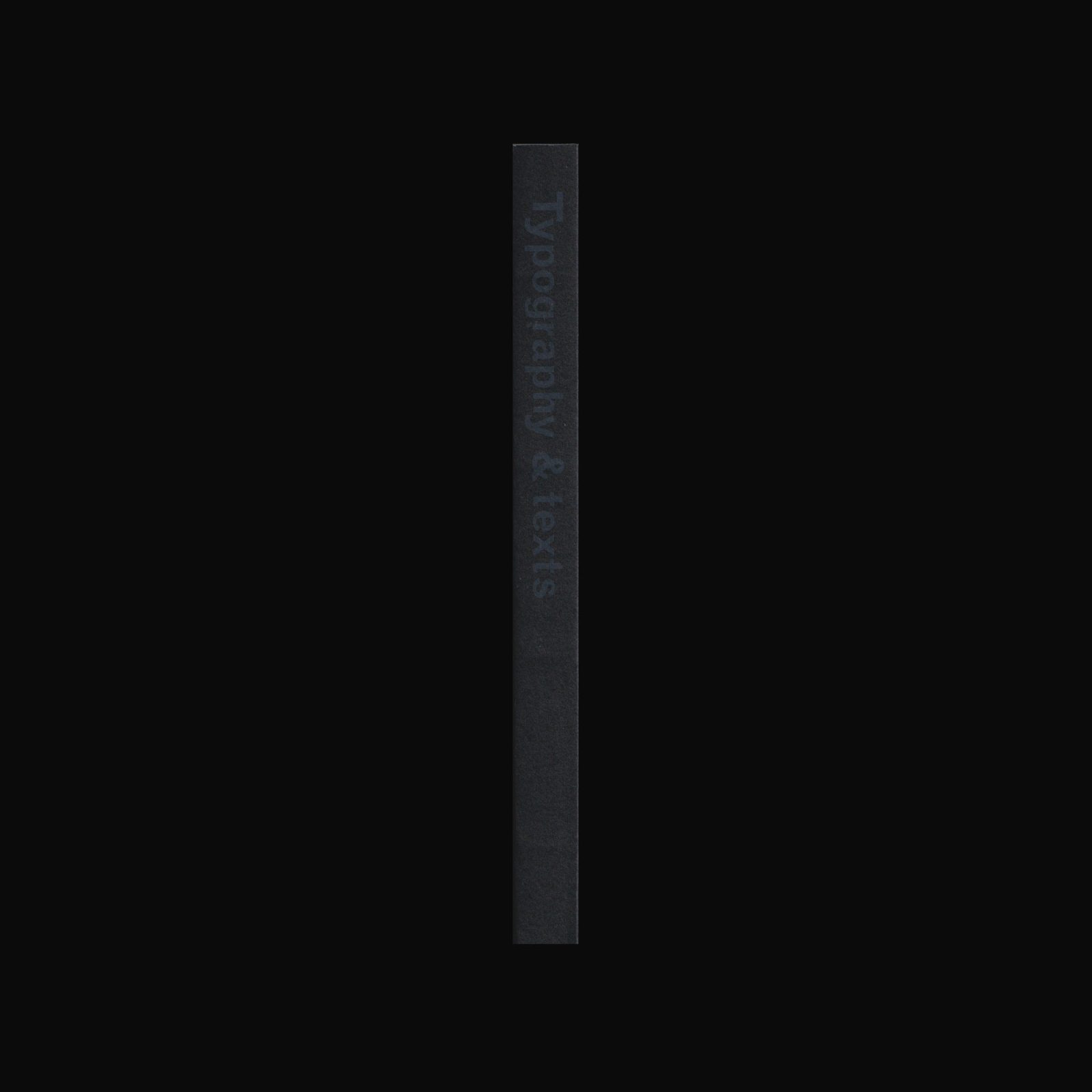
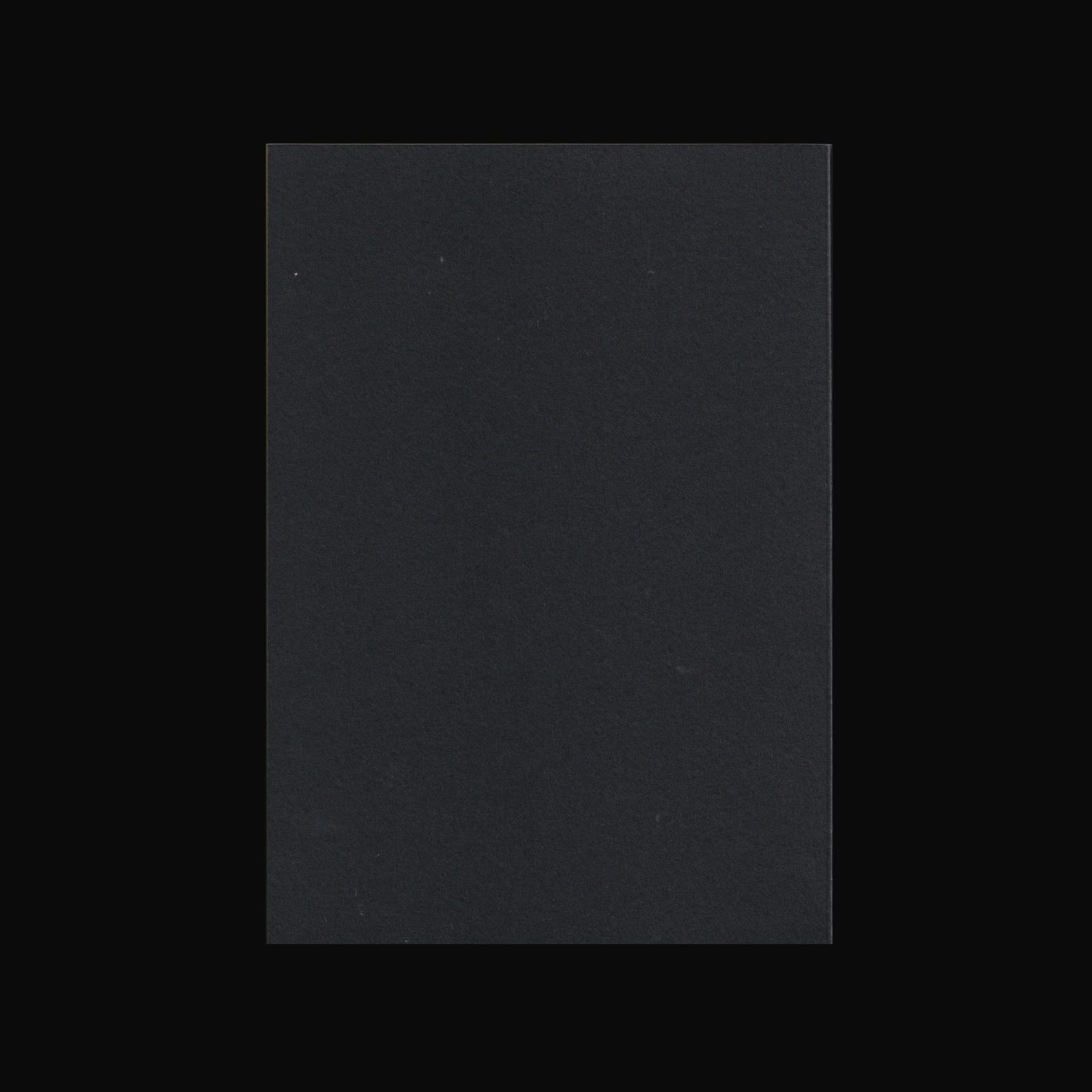
Presents the work and life of this essential typographer, until now too little known outside the circle of his friends and students. Froshaug was a deep and charismatic thinker-practitioner, whose insights return us to the fundamentals of typography. The book consists of two interacting volumes: the solid record of the work is placed against the contingencies of the life. A traditional monograph is unsettled by an exploration in documentary.
*Please note this publication is secondhand and has some traces of previous ownership.
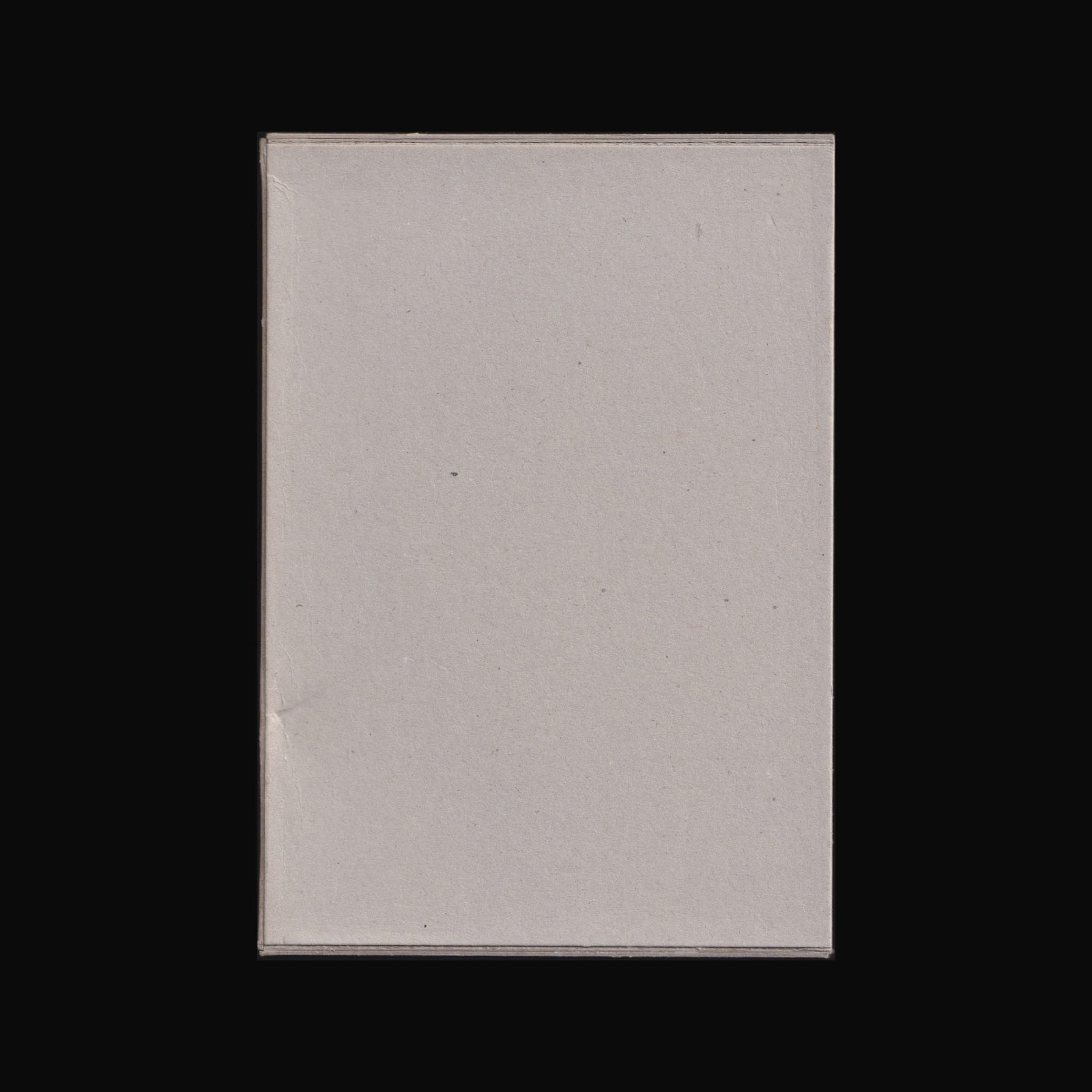
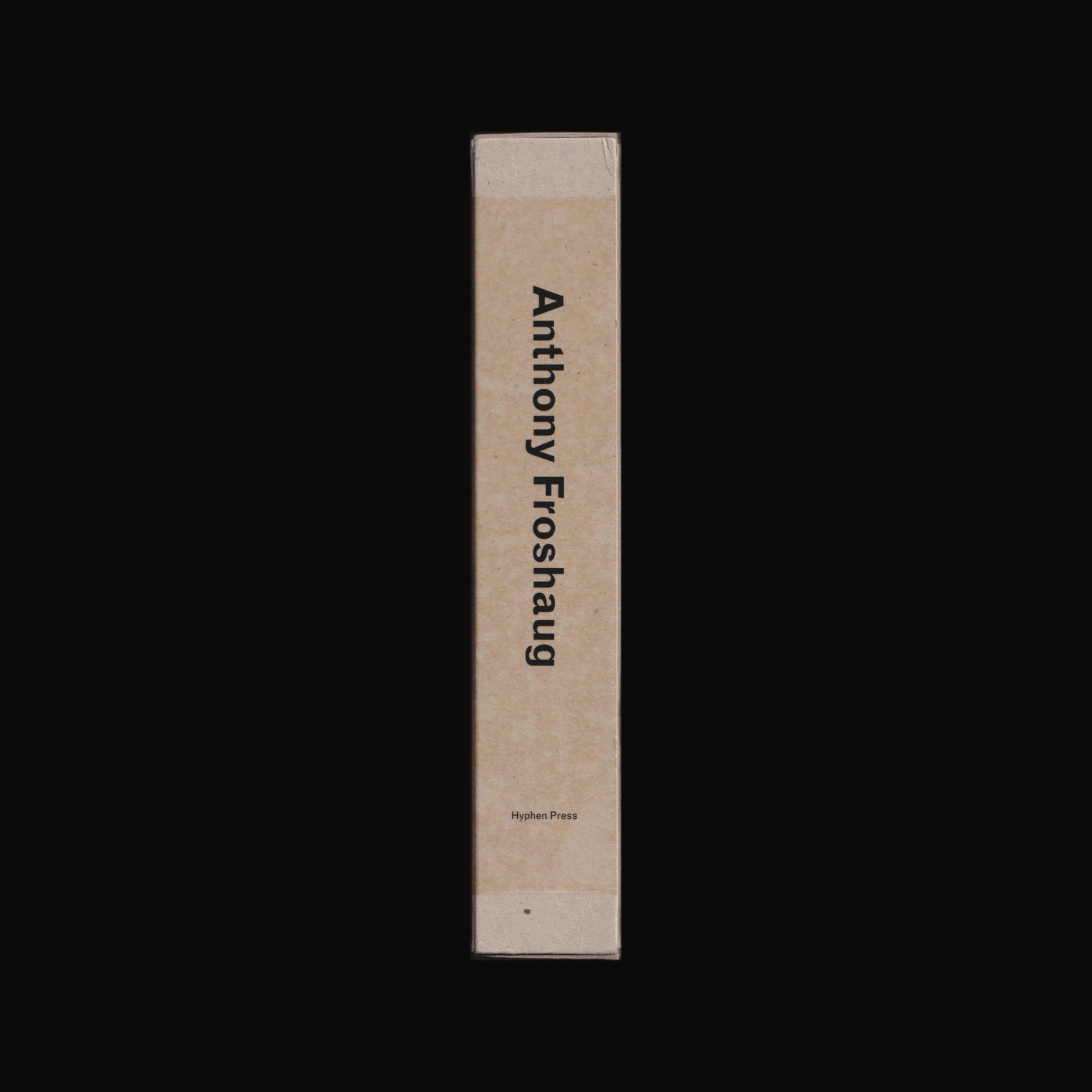
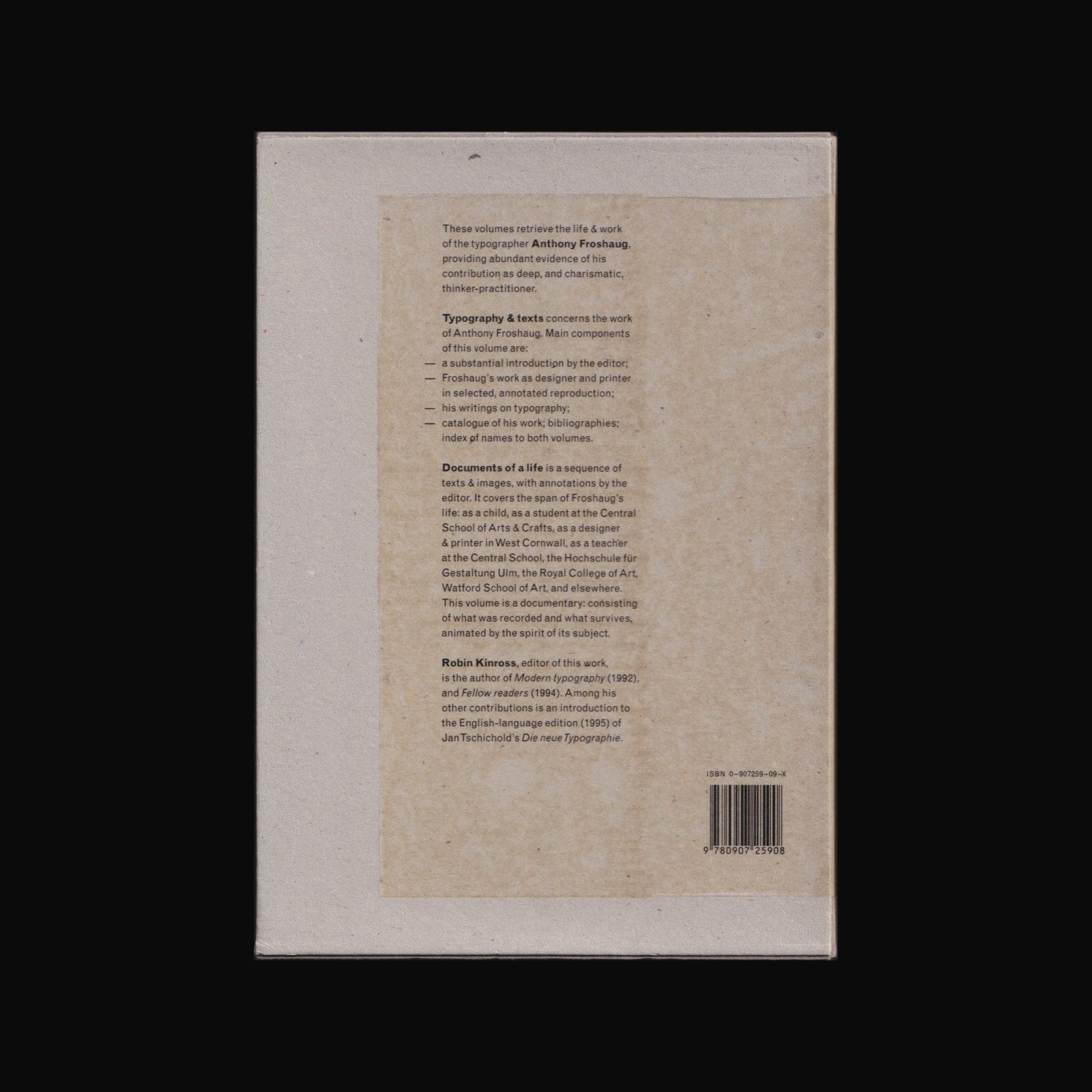






Presents the work and life of this essential typographer, until now too little known outside the circle of his friends and students. Froshaug was a deep and charismatic thinker-practitioner, whose insights return us to the fundamentals of typography. The book consists of two interacting volumes: the solid record of the work is placed against the contingencies of the life. A traditional monograph is unsettled by an exploration in documentary.
*Please note this publication is secondhand and has some traces of previous ownership.
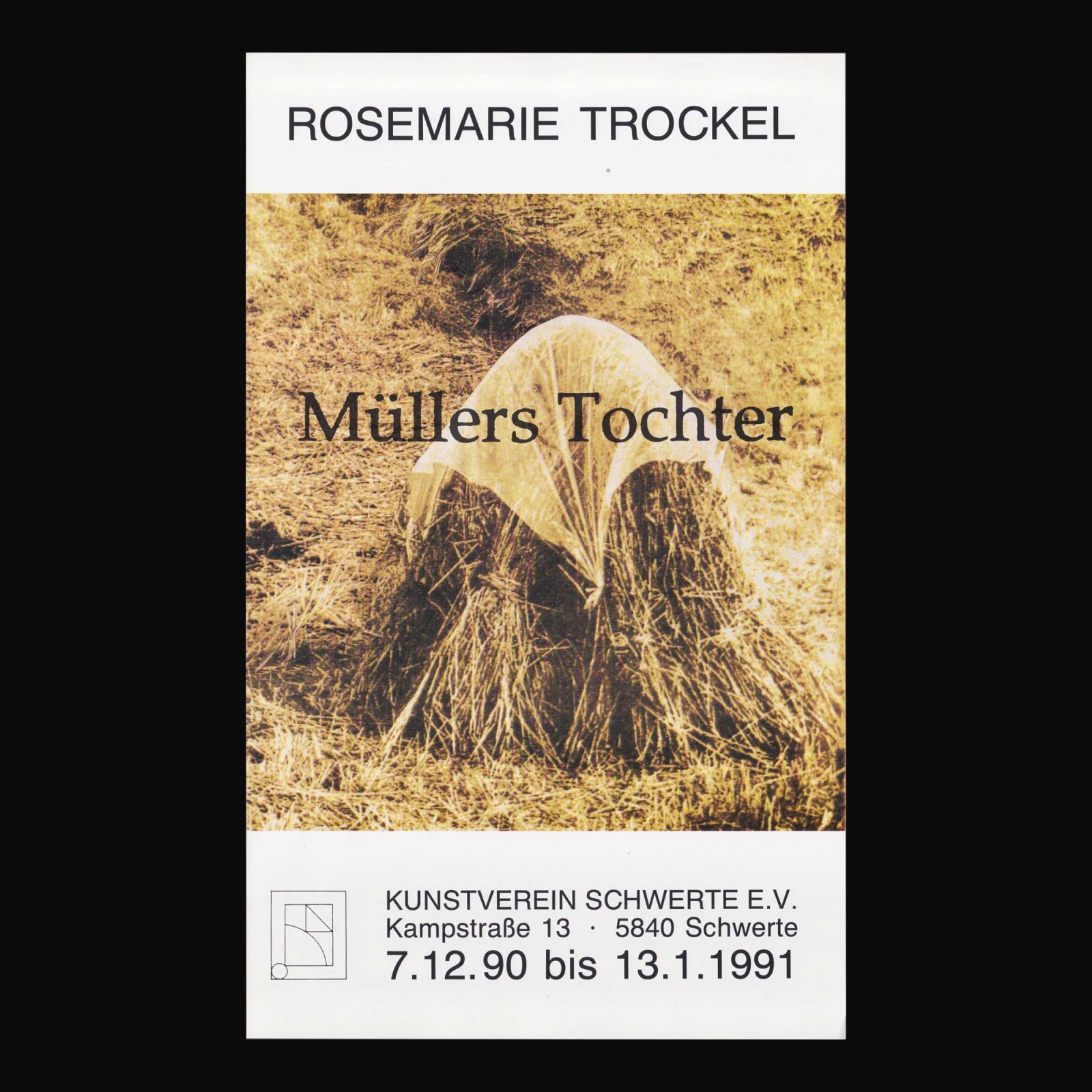

Poster produced on the occasion of Rosemarie Trockel’s exhibition Müllers Tochter at the Kunstverein Schwerte, 7 December, 1990 – 13 January, 1991.
*Please note this publication is secondhand and has some traces of previous ownership.
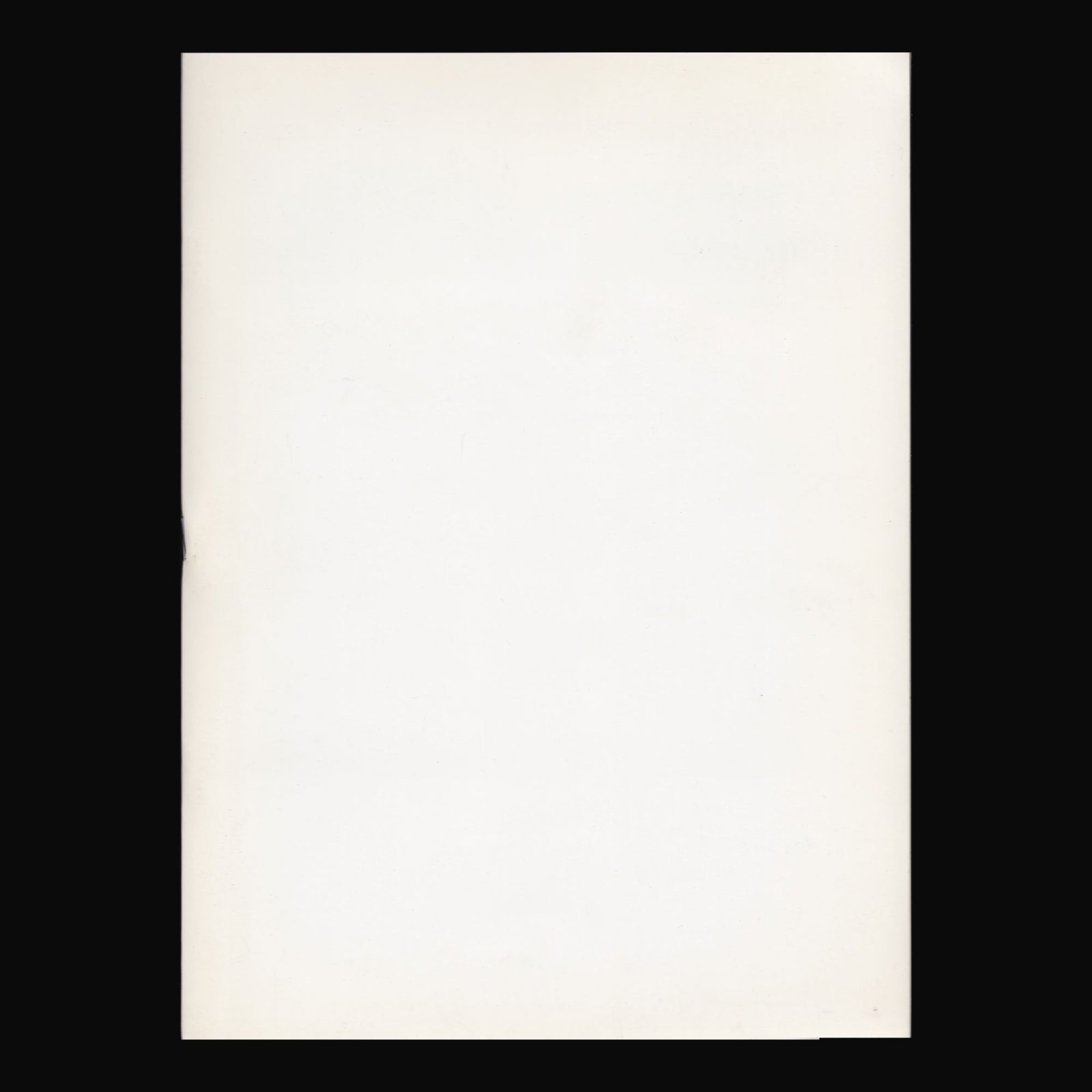
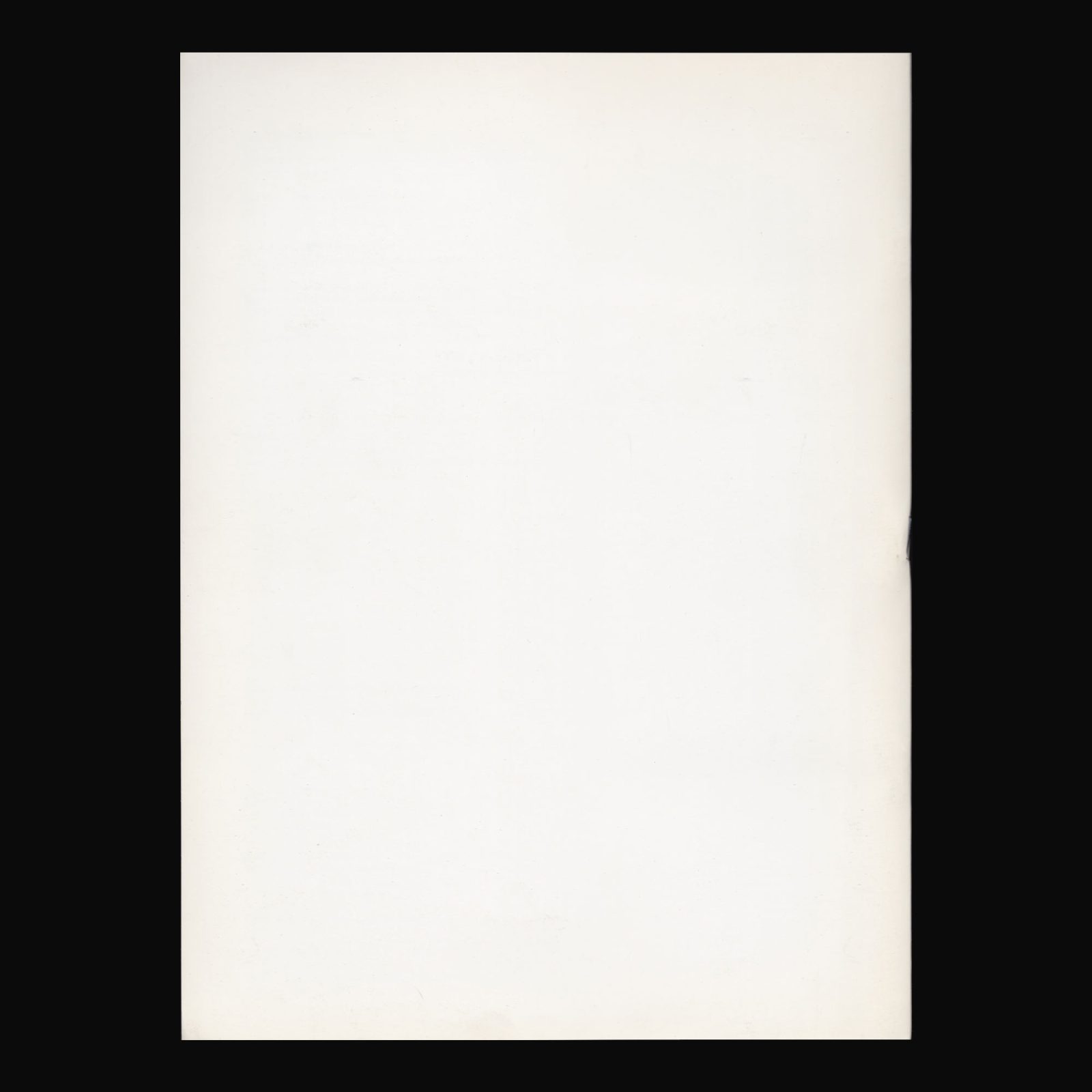
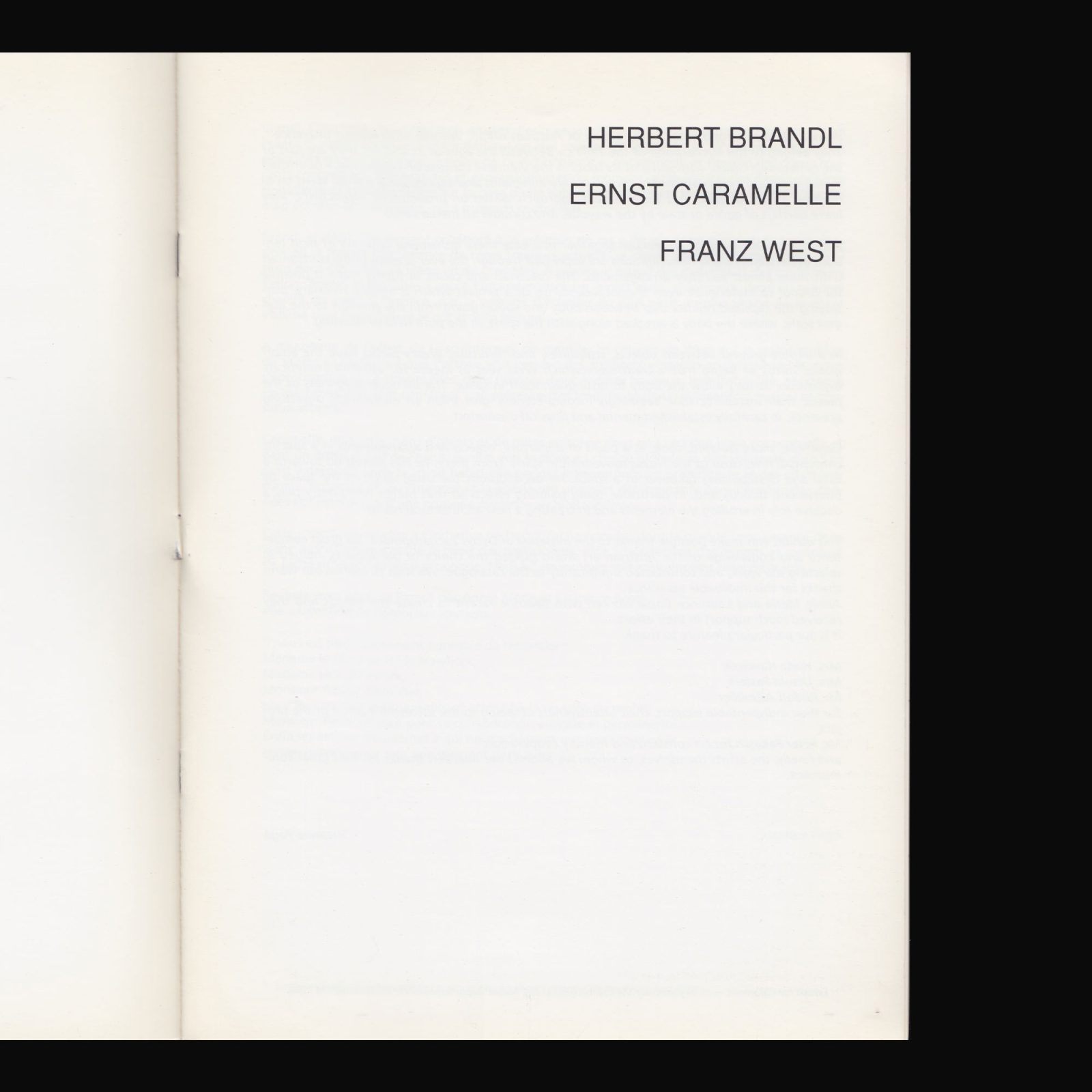
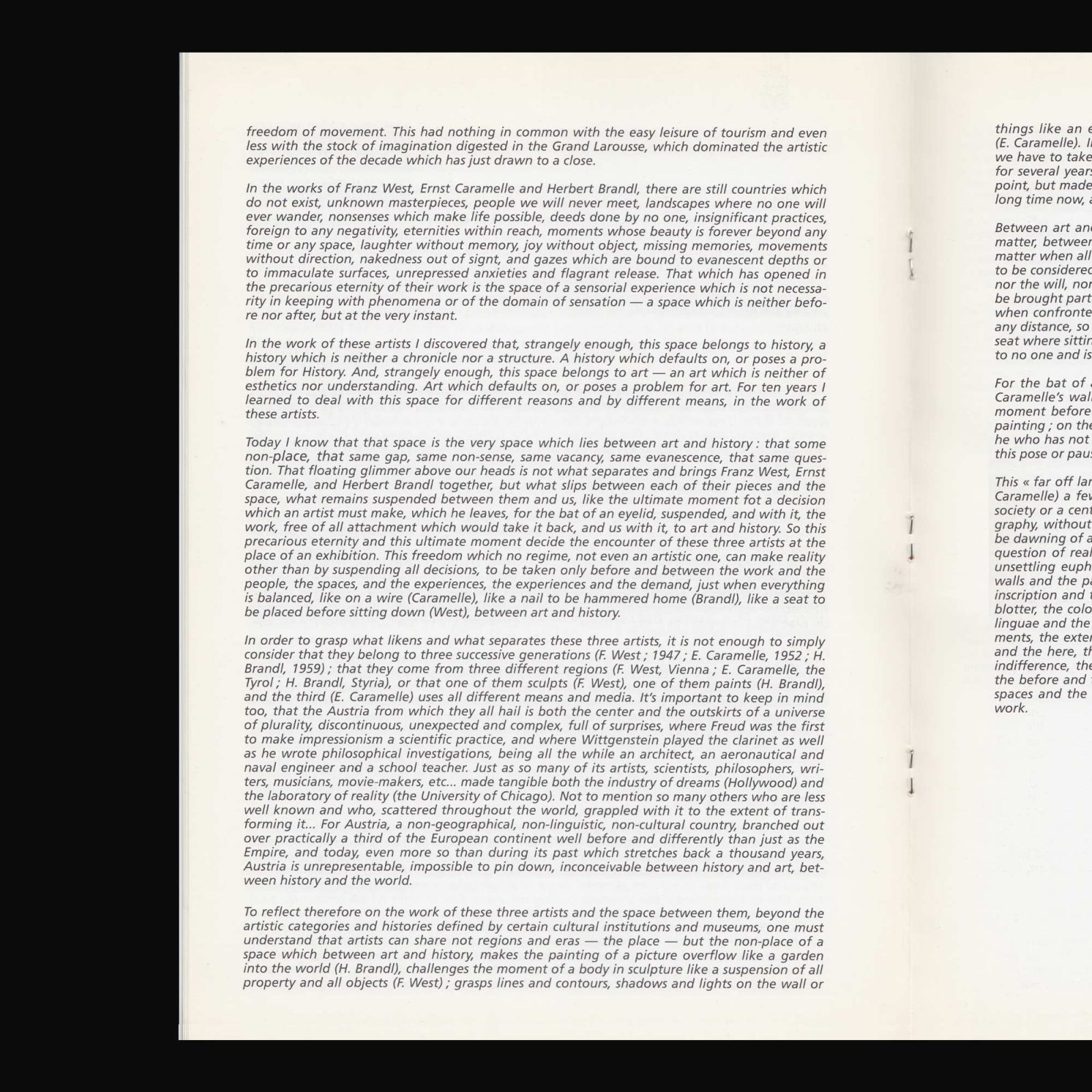
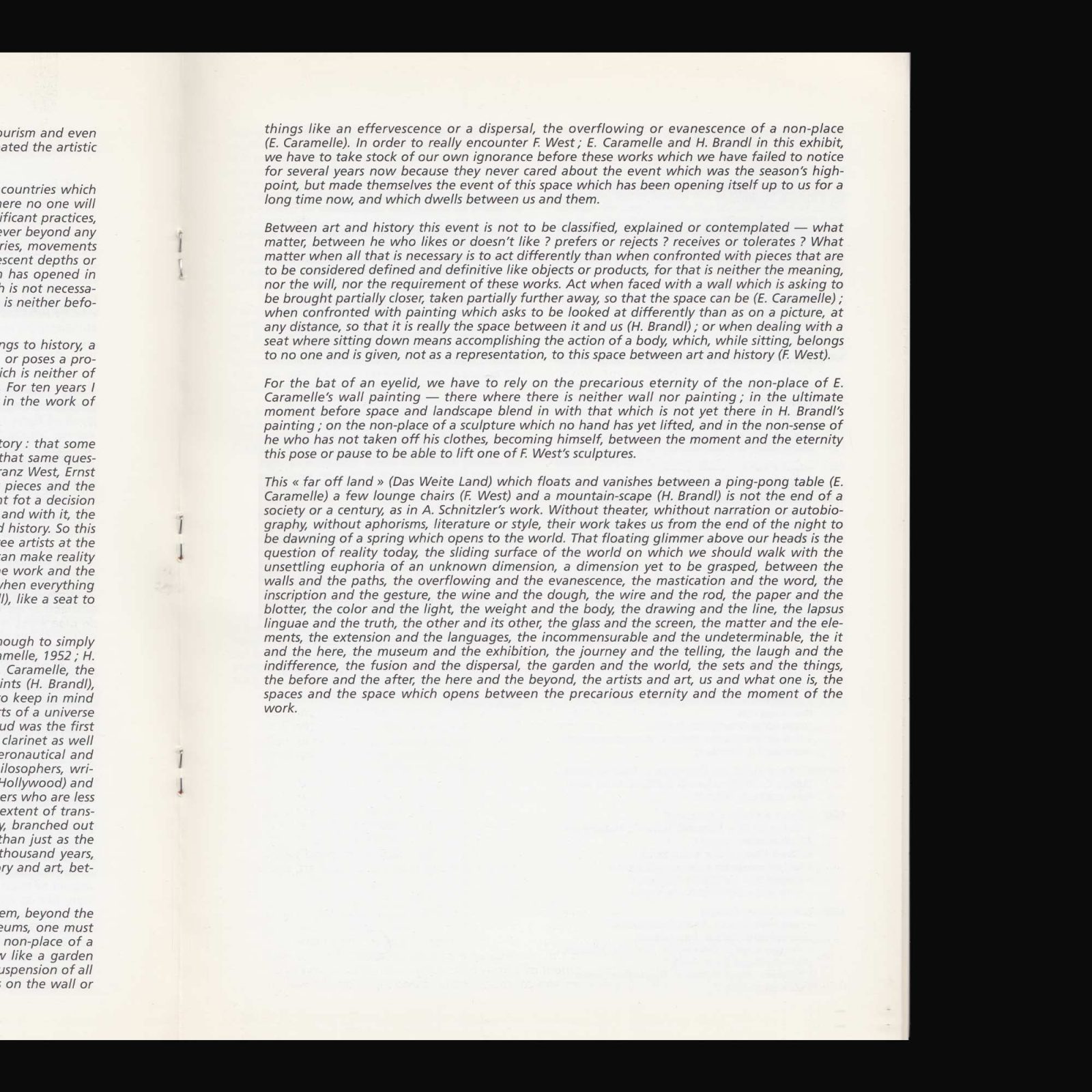
Produced on the occasion of the exhibition at Musée d’art moderne de la Ville de Paris, 2 March – 22 April, 1990.
*Please note this publication is secondhand and has some traces of previous ownership.